In , about 38% of CO 2 emissions from natural gas occurred in the electric power sector, and 32% were in the industrial sector In , coal consumption accounted for 09 Bmt of CO 2 emissions, or about 19% of total CO 2 emissions, both its lowest total amount and share in our annual data series that begins in 1973Greenhouse gas emissions decreased from 19 levels In , 78,337 Metric Tons Carbon Dioxide Equivalent (MTCO2e) were released either directly by university activities or indirectly by purchased energy, a 274% reduction in emissions from 19New greenhouse gas data shows increase in 18 state emissions Open the text version of this image New data on greenhouse gas emissions in Washington show that emissions rose 13% in 18, reaching 9957 million metric tons of carbon dioxide equivalent (CO 2 e) Emissions from electricity generation shrank by 25% from 17 to 18
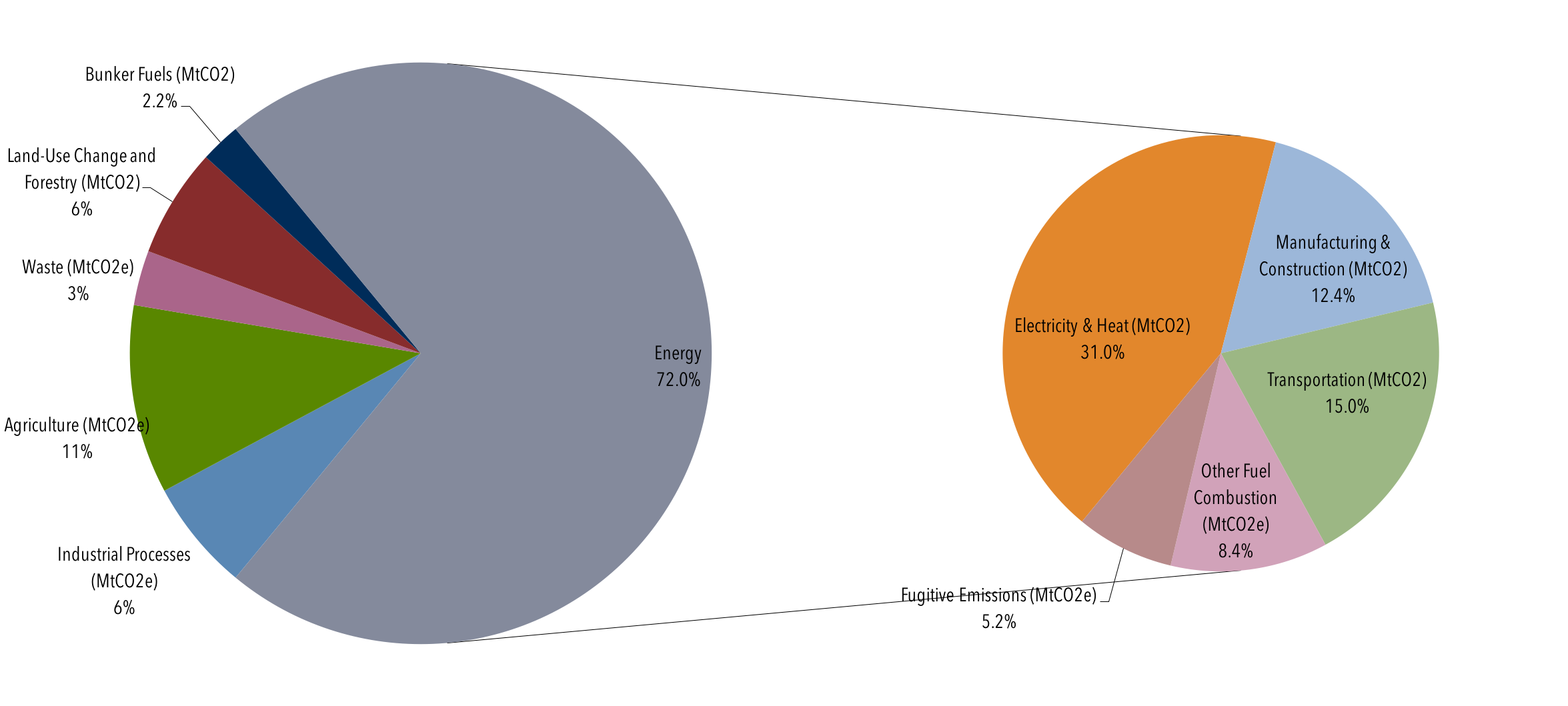
Global Emissions Center For Climate And Energy Solutions
Sources of greenhouse gas emissions 2020
Sources of greenhouse gas emissions 2020- Reservoir gases make up about 13% of our total greenhouse gas emissions When land is flooded to make a reservoir, and plants and soil collect in the reservoir waters and downstream, this organicGreenhouse gas emissions are greenhouse gases vented to the Earth's atmosphere because of humans the greenhouse effect of their 50 billion tons a year causes climate changeMost is carbon dioxide from burning fossil fuels coal, oil, and natural gasThe largest polluters include coal in China and large oil and gas companies, many stateowned by OPEC and Russia




Sources Of Greenhouse Gas Emissions Greenhouse Gas Ghg Emissions Us Epa
The latest Quarterly Update of Australia's National Greenhouse Gas Inventory includes preliminary greenhouse gas emissions estimates for this period That's in addition to estimates up to March The report shows emissions from consumption of liquid fuels (which also includes diesel) were lower by 179% than in the June quarter 19 The General Services Administration (GSA) and the Department of Energy (DOE) want to identify market sources of retrofit technologies designed to reduce greenhouse gases GSA said Tuesday in a SAM Electricity Sector Emissions Total Emissions in 18 = 6,677 Million Metric Tons of CO 2 equivalentPercentages may not add up to 100% due to independent rounding * Land Use, LandUse Change, and Forestry in the United States is a net sink and offsets approximately 12 percent of these greenhouse gas emissions, this emissions offset is not included in total above
Monthly average concentration increased to ppm, which is about 27 ppm higher than in 7 Sources of Greenhouse Gas Emissions • Anthropogenic CO₂ is emitted primarily from fossil fuel combustion Iron and steel production, cement production and petrochemical production are other significant sources of CO₂ emissions5Before the Industrial Revolution, the concentration of CO 2 remained around 280 parts per million (ppm) by volume 6 In the global monthly average concentration increased to ppm, which is about 27 ppm higher than in 7;Table 51 historical and Projected Us Greenhouse Gas Emissions from All sources 00– (Tg CO 2 Eq) Between 05 and , total gross US greenhouse gas emissions are expected to grow by 4 percent, while US gross domestic product is expected to increase by 40 percent Energyrelated CO
Greenhouse gas emissions from electricity have increased by about 12 percent since 1990 as electricity demand has grown and fossil fuels have remained the dominant source for generation To learn about projected greenhouse gas emissions to , visit the US Climate Action Report 14 (310 pp, 23 M, About PDF)The pandemic will cause a dip in emissions, but this will only be temporary without a dramatic and planned shift to lowcarbon economies In 19, total greenhouse gas emissions, including landuse change, reached a new high of 591 gigatonnes of carbon dioxide equivalent (GtCO 2 e) This means that atmospheric concentrations of carbon Caltrans Greenhouse Gas Emissions and Mitigation Report Final Report August Prepared for Caltrans Division of Transportation Planning




Inventory Of U S Greenhouse Gas Emissions And Sinks Us Epa
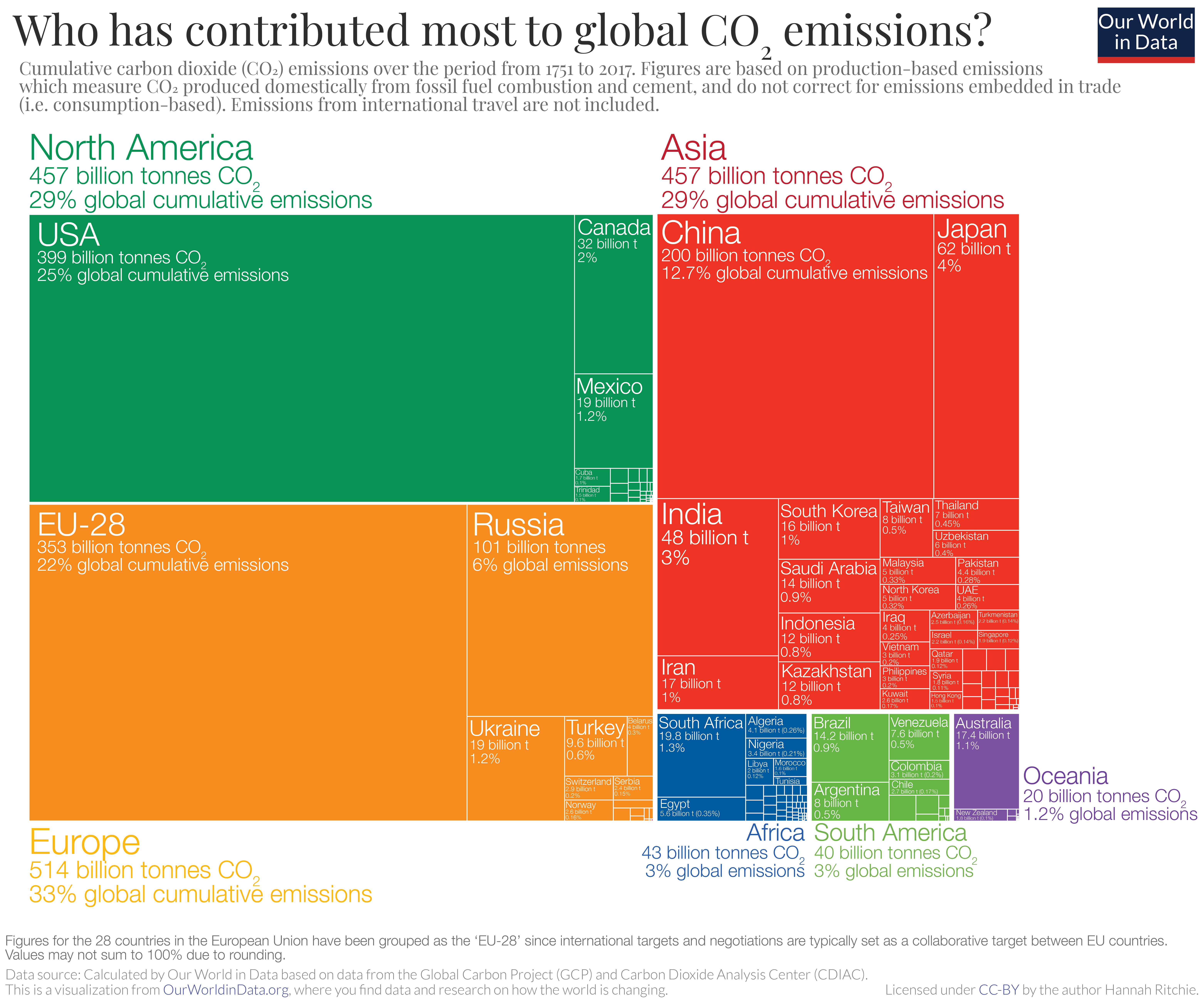



Global Emissions Center For Climate And Energy Solutions
Other Oil and Gas Sources 44 18 13 Wastewater Treatment 15 15 14 Other Methane Sources 8 57 51 57 Total Methane Emissions 779 698 650 Emissions from the Inventory of United States Greenhouse Gas Emissions and Sinks (published ), calculated using global warming potential (GWP) of 25 Note Totals may not Greenhouse Gas Emission Forecast for Data Sources, Methods, and Assumptions AB 32 Baseline Forecast Overview This document describes the data sources, projection methods, and basic assumptions used for forecasting statewide greenhouse gas (GHG) emissions in The forecast is an estimate of the emissions expectedThe majority of UVA's scope 1 emissions stem from onGrounds stationary fuels used for heating These s ources include coal, natural gas, distillate oil, and propane gas In 19, these sources accounted for 80,1574 MTCDE, or 327 percent of UVA's total net emissions This was a 91
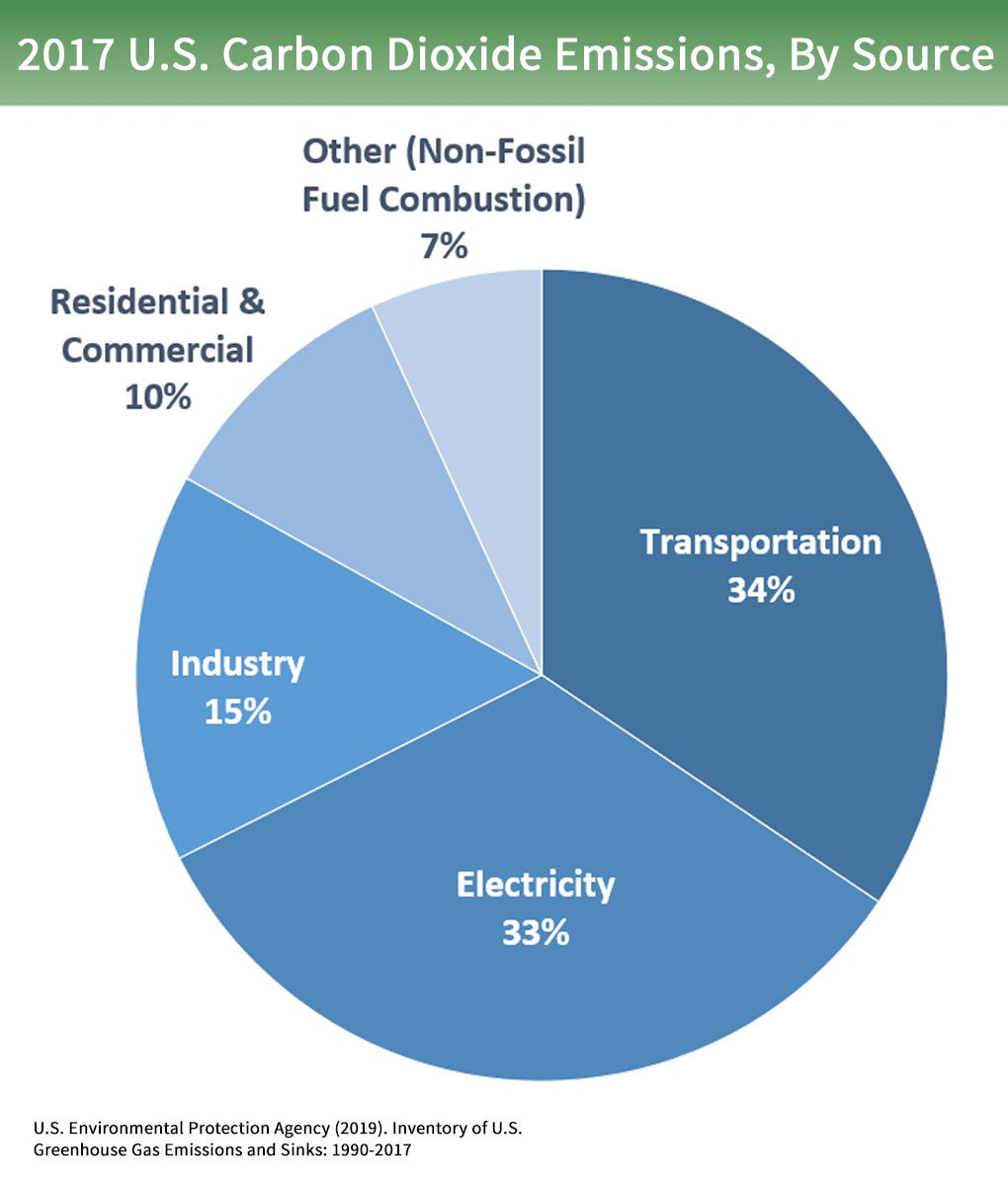



Global Greenhouse Gas Emissions Data Global Emissions By Gas



1
Human emissions of carbon dioxide and other greenhouse gases – are a primary driver of climate change – and present one of the world's most pressing challenges 1 This link between global temperatures and greenhouse gas concentrations – especially CO 2 – has been true throughout Earth's history 2 To set the scene, let's look at how the planet has warmedIn discussions on climate change, we tend to focus on carbon dioxide (CO 2) – the most dominant greenhouse gas produced by the burning of fossil fuels, industrial production, and land use changeWe cover CO 2 – global emissions, annual, cumulative, per capita, and consumptionbased emissions – in great detail in our CO 2 emissions page But CO 2 is not the only greenhouse gasGreenhouse gas emission limits In , the Washington Legislature set new greenhouse gas emission limits in order to combat climate change Under the law, the state is required to reduce emissions levels reduce to 1990 levels 30 45% below 1990 levels 40
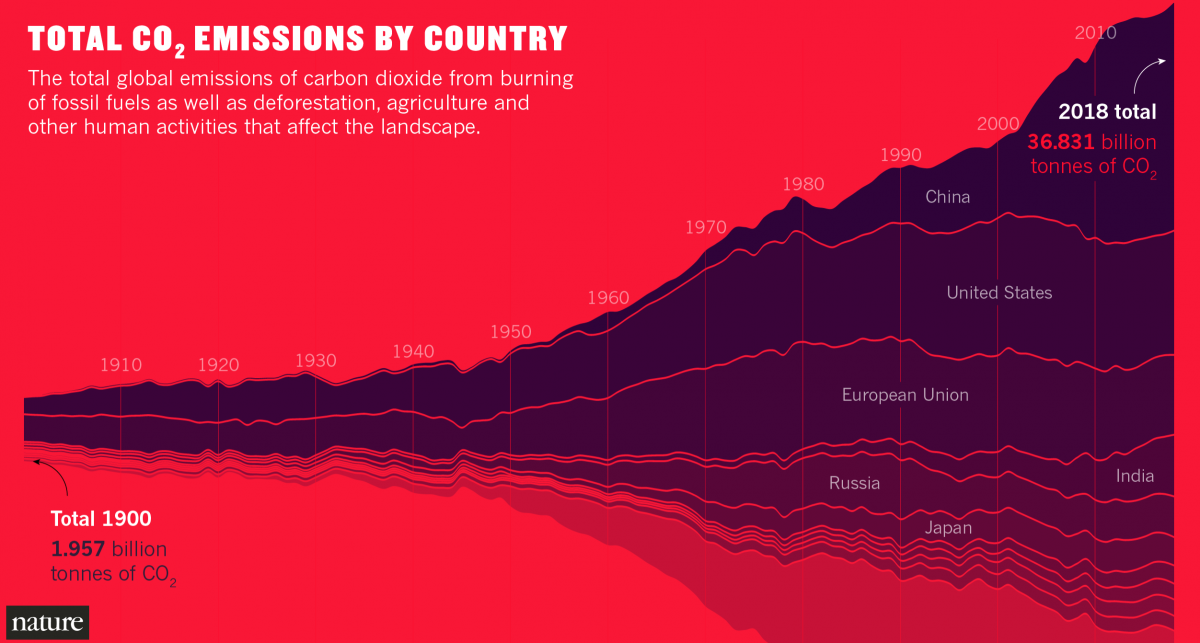



Five Ways Organizations Are Visualizing Carbon Emissions Storybench




Energy And Greenhouse Gas Emissions Ghgs
Links to external sources of data on greenhouse gas emissions and to socioeconomic data and tools The list below focuses on socalled 'primary' sources (ie the original source of data), it does not include sources which reproduce data except for secondary sources which are noteworthy for compiling and presenting large quantities of dataGlobal CO 2 emissions were over 5% lower in Q1 than in Q1 19, mainly due to a 8% decline in emissions from coal, 45% from oil and 23% from natural gas CO 2 emissions fell more than energy demand, as the most carbonintensive fuels experienced the largest declines in demand during Q1 Greenhouse gas emissions in Germany declined by more than 35 % between 1990 and 19 Data from the previous year's estimate for show a 408% decrease from 1990 levels Germany aims to reduce greenhouse gas emissions by 40 % by and by at least 65 % by 30 compared to 1990 emission levels



1




Covid Took A Bite From U S Greenhouse Gas Emissions In The New York Times
ES3 Overview, national greenhouse gas emissions After fluctuations in recent years, in 19 (the most recent dataset in this report) Canada's GHG emissions were 730 Mt CO 2 eq, Footnote 3 a net decrease of 9 Mt or 11% from 05 emissions (Figure ES–1) Footnote 4 Emission trends since 05 have remained consistent with previous editions of the NIR, with emission increases in the SEATTLE (Waste Advantage) The EPA released greenhouse gas (GHG) data collected under the EPA's Greenhouse Gas Reporting Program (GHGRP) In , reported emissions from large industrial sources were approximately 9% lower than in 19, reflecting both the economic slowdown due to the COVID19 pandemic, and ongoing, longterm industry trends US greenhouse gas intensity and related factors, Sources Emissions EIA estimates Data in this table are revised from the data contained in the previous EIA report, Emissions of Greenhouse Gases in the United States 08, DOE/EIA0573(08) (Washington, DC, December 09)




China S Greenhouse Gas Emissions Exceeded The Developed World For The First Time In 19 Rhodium Group



Epa Ghg Inventory Shows Us Ghg Down 1 7 Y O Y In 19 Down 13 From 05 Green Car Congress
Notes Globally, the primary sources of greenhouse gas emissions are electricity and heat (31%), agriculture (11%), transportation (15%), forestry (6%) and manufacturing (12%) Energy production of all types accounts for 72 percent of all emissionsIn 18 New Zealand's gross greenhouse gas emissions were 7 million tonnes of CO 2 e, 240 percent higher than 1990 and 10 percent lower than 17 Gross GHG emissions were mainly made up of carbon dioxide (445 percent), methane (435 percent), and nitrous oxide (96 percent) Oakland, Calif, 16 September 21 — Today, emissions tracking coalition Climate TRACE unveiled the world's first comprehensive accounting of global greenhouse gas (GHG) emissions based




Forecast U S Greenhouse Gas Emissions To Fall 7 5 Percent In Mpr News




Where Do Canada S Greenhouse Gas Emissions Come From
Other direct anthropogenic sources together contribute N 2 O emissions of approximately 02–04 to be 340–350 ppb in the year , Greenhouse Gas Emissions in See Greenhouse gas emissions (industry and household) September quarter – methodology and results for the sources and methods used to create these estimates You can also find more results in part 3 of the report Industries Mitsubishi, a trading house and mineral resources company with energy and metals assets worldwide, aims to halve its greenhouse gas emissions by 30 on levels, and to achieve net zero
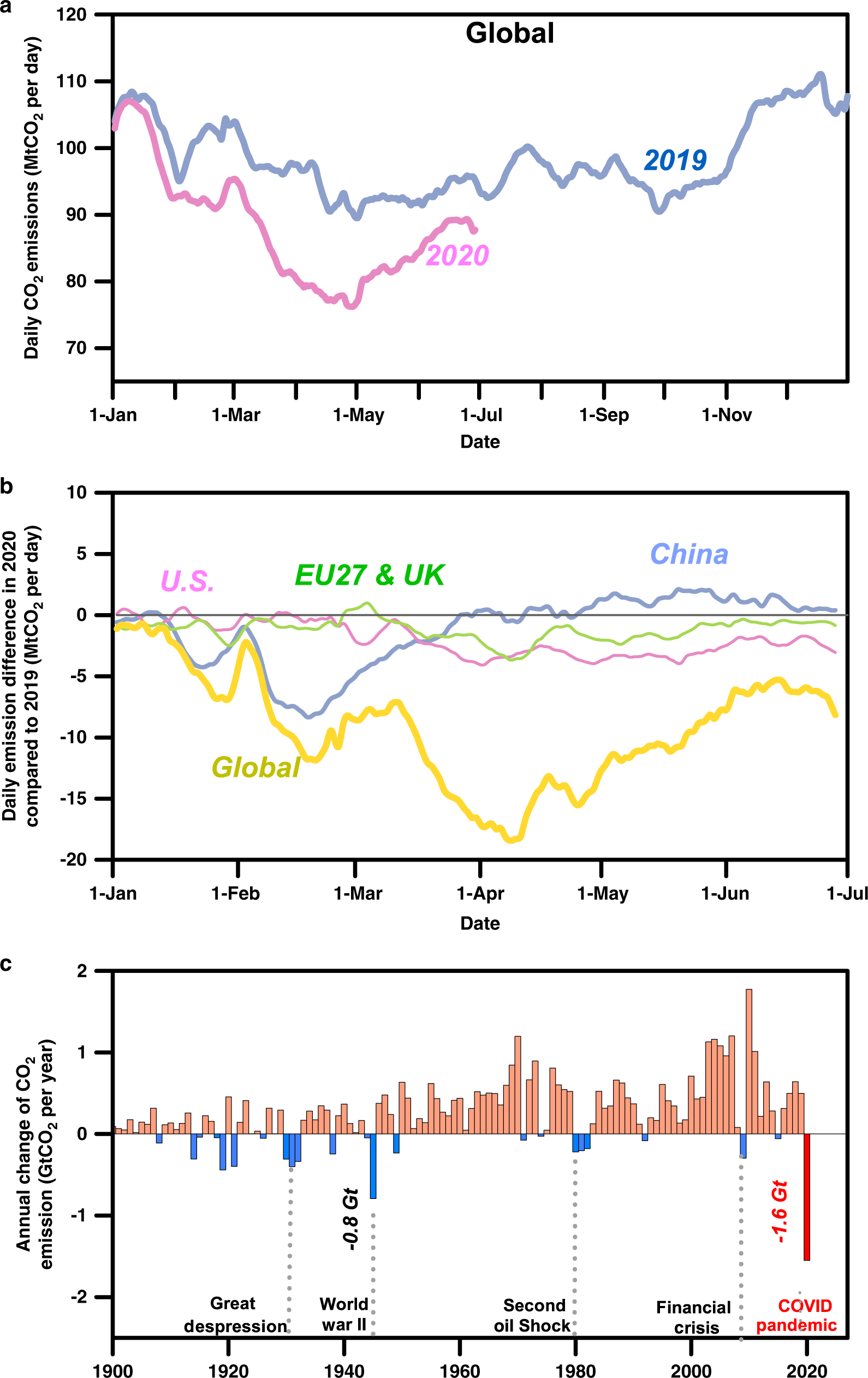



Near Real Time Monitoring Of Global Co2 Emissions Reveals The Effects Of The Covid 19 Pandemic Nature Communications
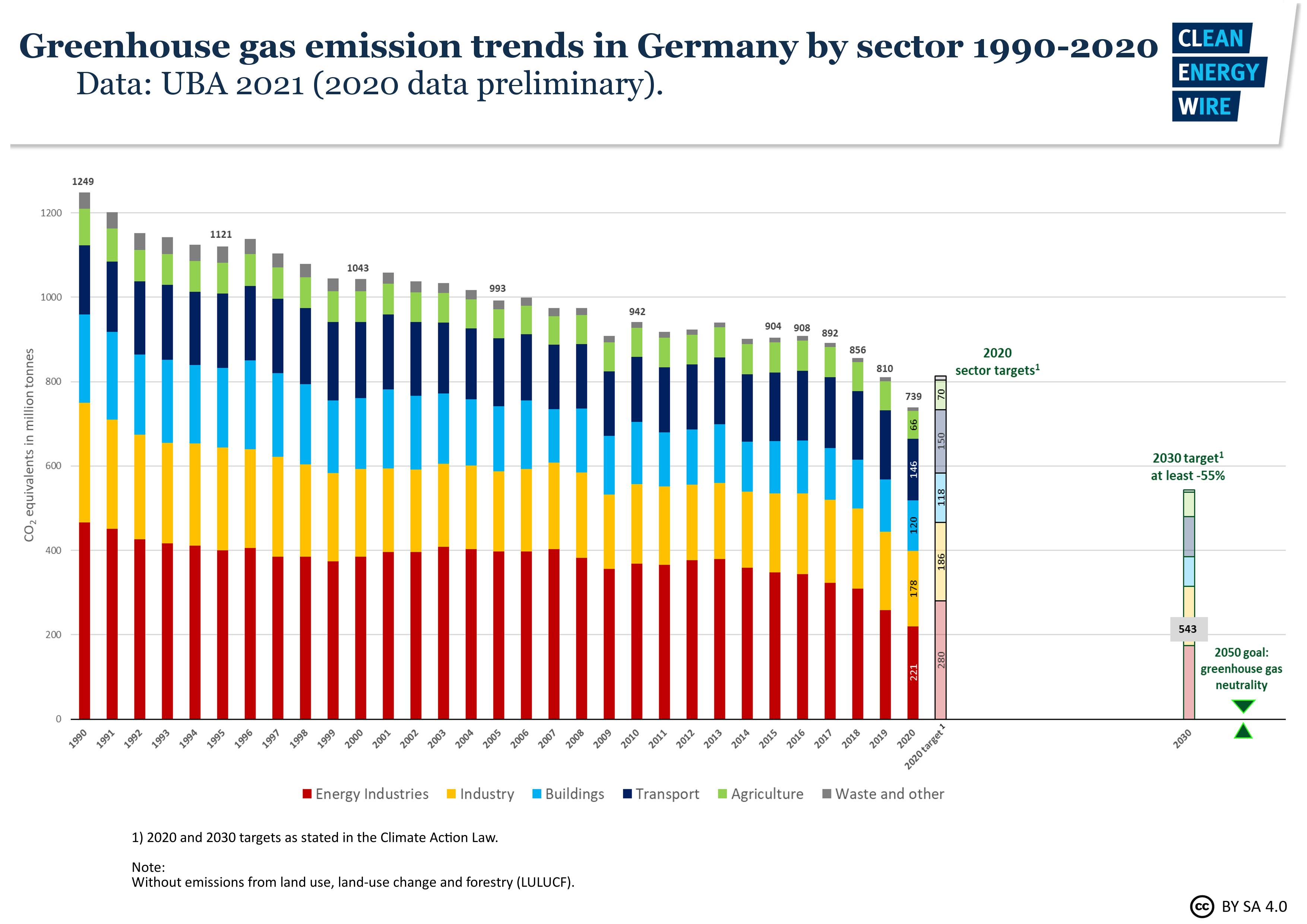



Germany Sees Record Greenhouse Gas Emission Fall Due To Pandemic Renewables Clean Energy Wire
GHG GOAL Reduce greenhouse gas emissions intensity by 50% sources in Alternative/Renewable Energy Sum of alternative and renewable electrical energy use/total electrical use x 100 Solar Turbines provide alternative energy technology that is powering some of the largest industries in the world, including some of our ownUK greenhouse gas emissions, provisional figures 25 March 21 National Statistics In the coronavirus (COVID19) pandemic and the resulting restrictions brought in across the UK had a major impact on various aspects of society and the economy and this has had a significant impact on greenhouse gas emissions in the UK over this periodAccounting for Greenhouse Gas Emissions GC has set up a corporate greenhouse gas emissions account based on calculation methods according to ISO , The Greenhouse Gas Protocol, American Petroleum Institute (API 09), Intergovernmental Panel on Climate Change (IPCC) 06, and Thailand Greenhouse Gas Management Organization (TGO, a public
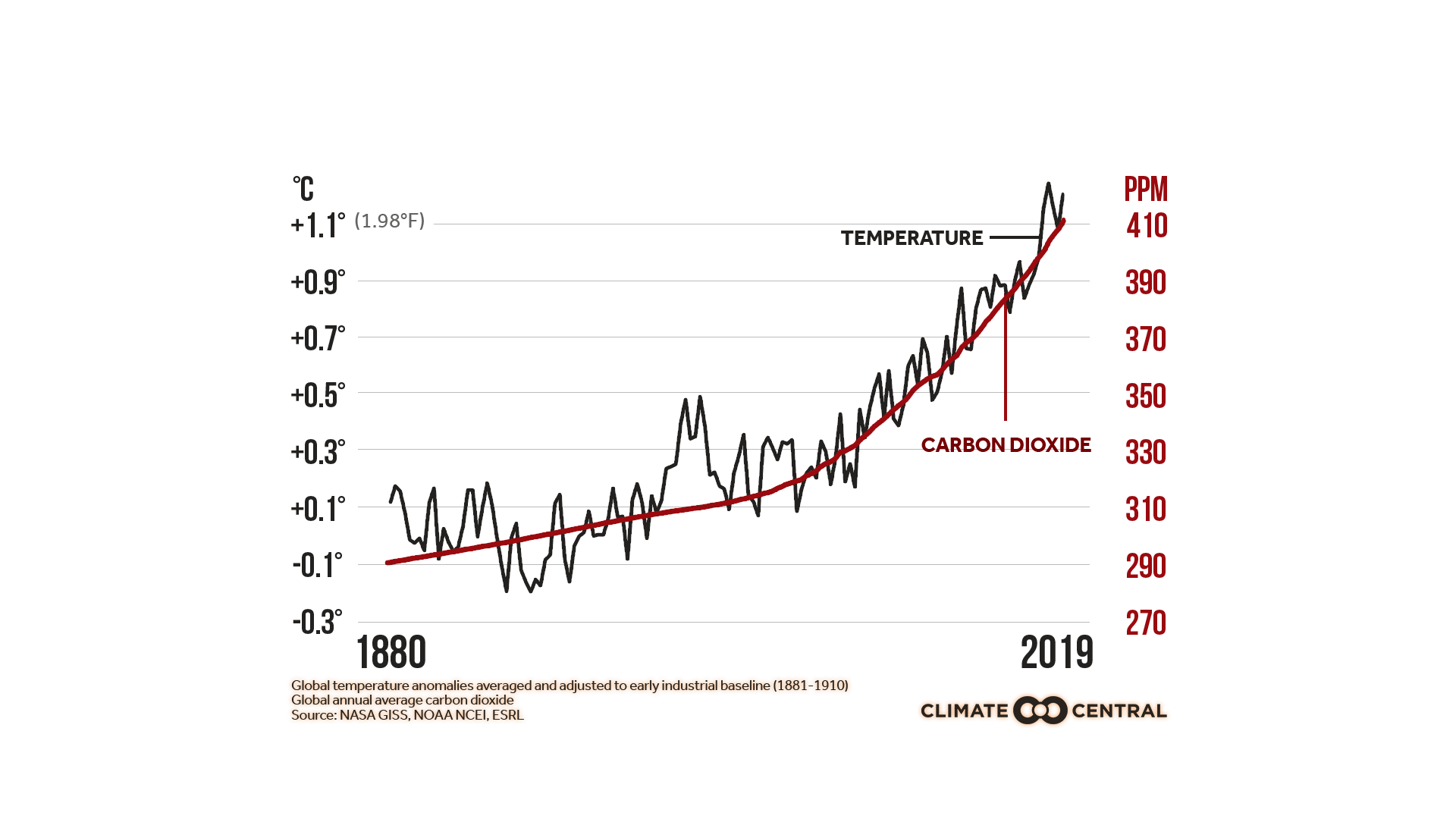



Emissions Sources Climate Central




Global Emissions Center For Climate And Energy Solutions
The update provides estimates of Australia's national inventory of greenhouse gas emissions up to the September quarter of Emissions were 5101 million tonnes – 44% or 233 million tonnes lower than in 19 They were 19 % below the level of emissions in 05 (the baseline year for the Paris Agreement) Demand for fossil fuels was hardest hit in – especially oil, which plunged 86%, and coal, which dropped by 4% Oil's annual decline was its largest ever, accounting for more than half of the drop in global emissions Global emissions from oil use plummeted by well over 1 100 Mt CO2, down from around 11 400 Mt in 19Greenhouse gas (GHG) inventory common reporting format tables and national inventory reports in , including 41 by the deadline of 15 April In 1990–18, total aggregate GHG emissions without emissions and removals from land use, landuse change and forestry




Reducing Greenhouse Gases Washington State Department Of Ecology



Ch4 Emissions Global Carbon Atlas
Sources of Greenhouse Gas Emissions Anthropogenic CO 2 is emitted primarily from fossil fuel Emissions from the production of materials like metals, minerals, woods and plastics more than doubled in 1995 15, accounting for almost onequarter of all greenhouse gas (GHG) emissions worldwide Material efficiency needs to play aHas been a year of reckoning in many ways We are in the midst of a massive global health crisis and the greenhouse gas emissions measurably and systematically3 This greenhouse gas inventory follows the emissions sources are those the city can most directly and significantly impact and most of the itys




The Carbon Footprint Of Household Energy Use In The United States Pnas
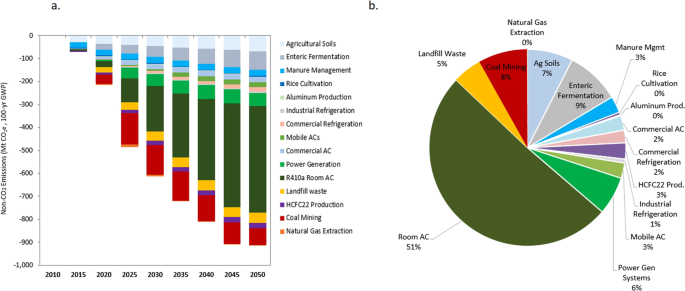



China S Non Co2 Greenhouse Gas Emissions Future Trajectories And Mitigation Options And Potential Scientific Reports
Methane, a powerful greenhouse gas which remains in the atmosphere for less than a decade, was 260% of preindustrial levels in 19 at 1 877 parts per billion The increase from 18 to 19 was




Global Transport Co2 Emissions Breakdown Statista
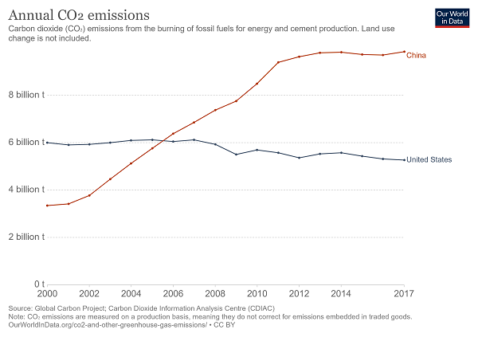



Where Are Us Emissions After Four Years Of President Trump




U S Emissions Dropped In 19 Here S Why In 6 Charts Inside Climate News
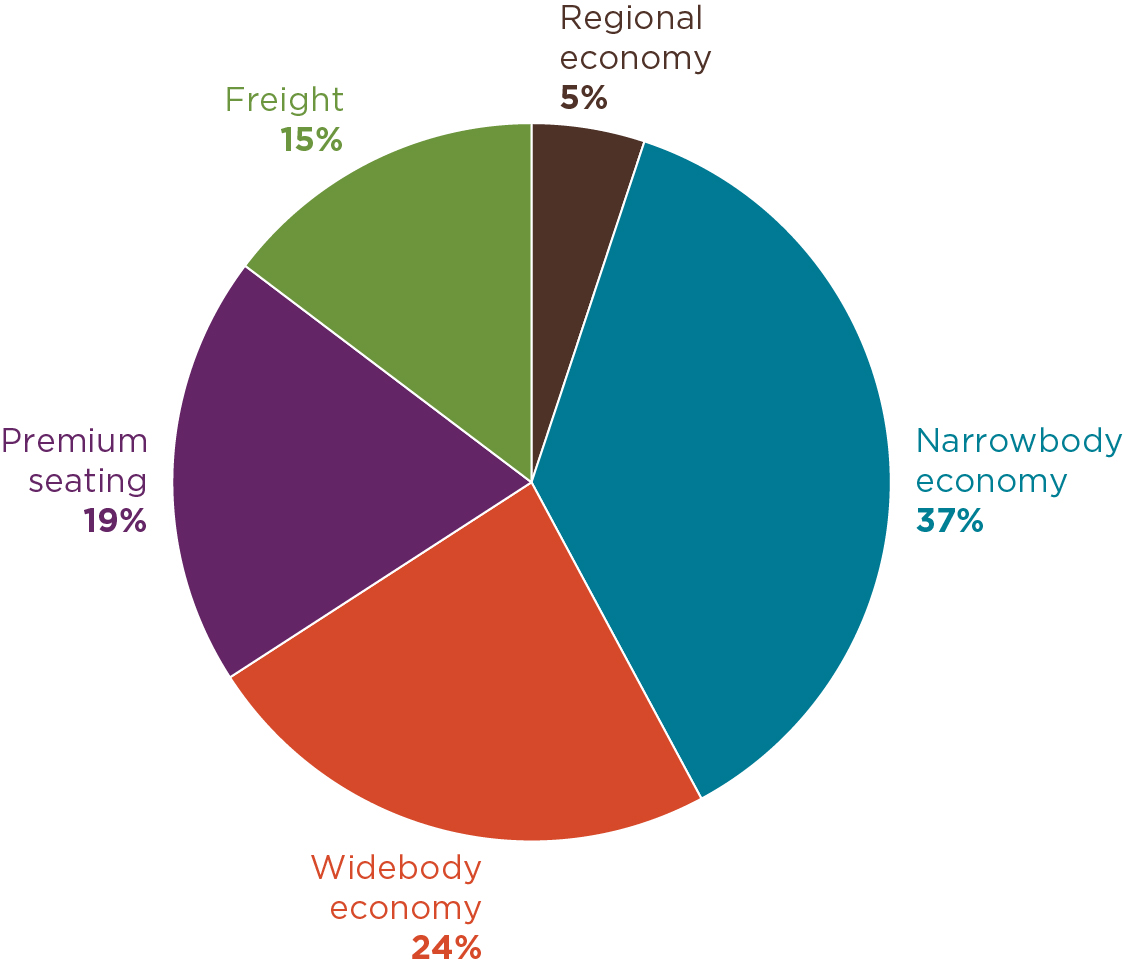



Co2 Emissions From Commercial Aviation 13 18 And 19 International Council On Clean Transportation




Preliminary China Emissions Estimates For 19 Rhodium Group
/cdn.vox-cdn.com/uploads/chorus_asset/file/20086824/annual_co_emissions_by_region.png)



Climate Change The World S Greenhouse Gas Emissions Will Be Tracked In Real Time Vox
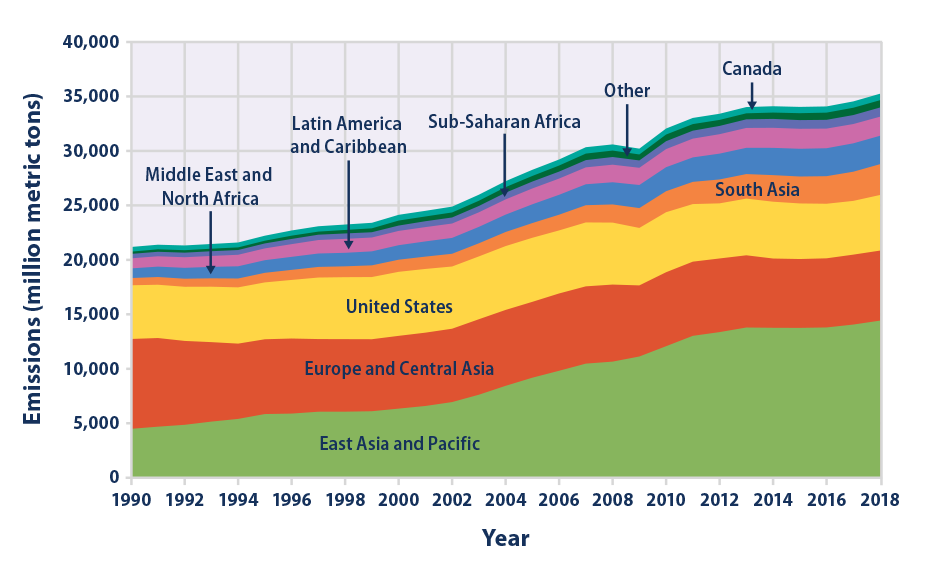



Climate Change Indicators Global Greenhouse Gas Emissions Us Epa




Eu Ghg Emissions Per Capita Statista
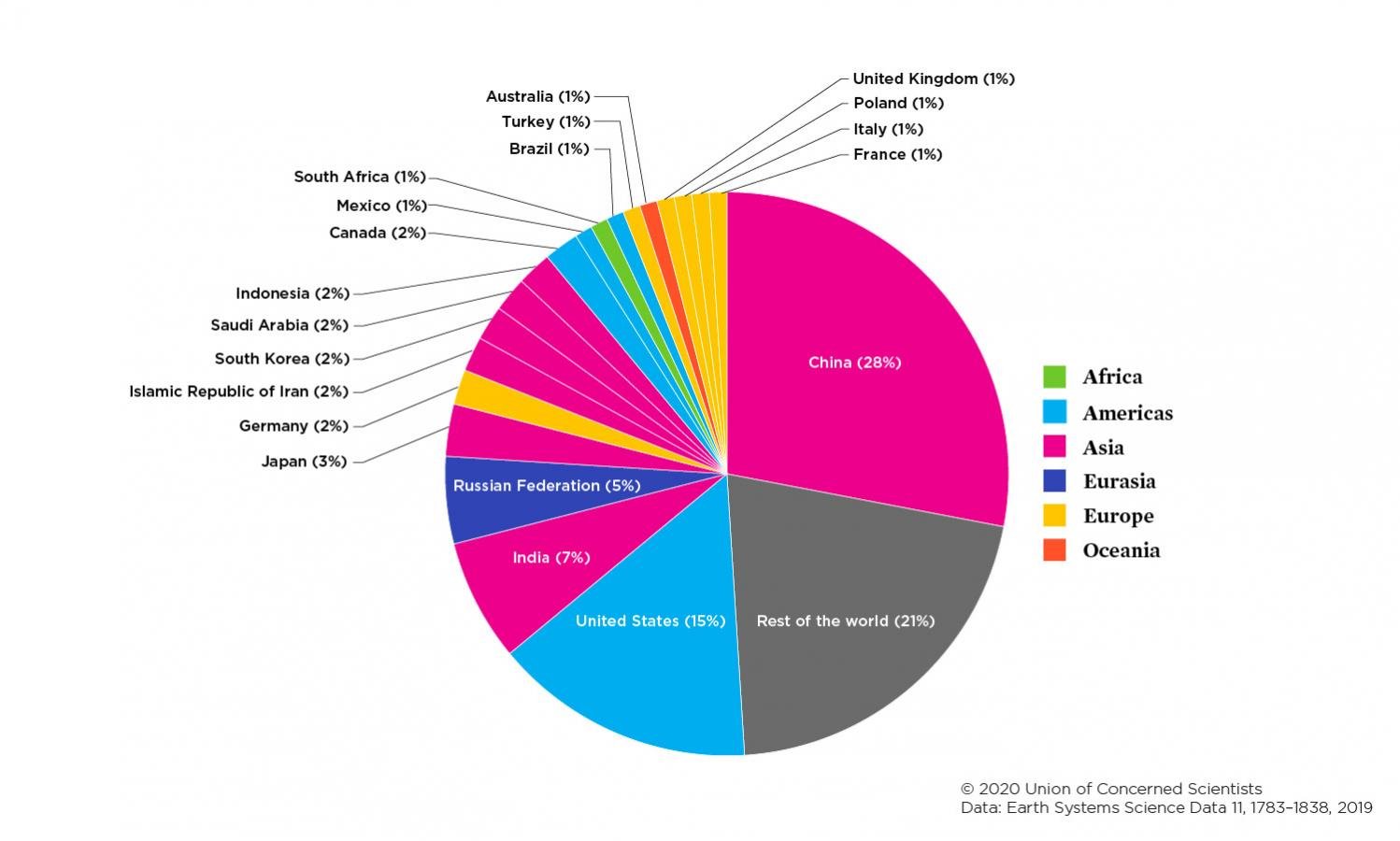



Each Country S Share Of Co2 Emissions Union Of Concerned Scientists
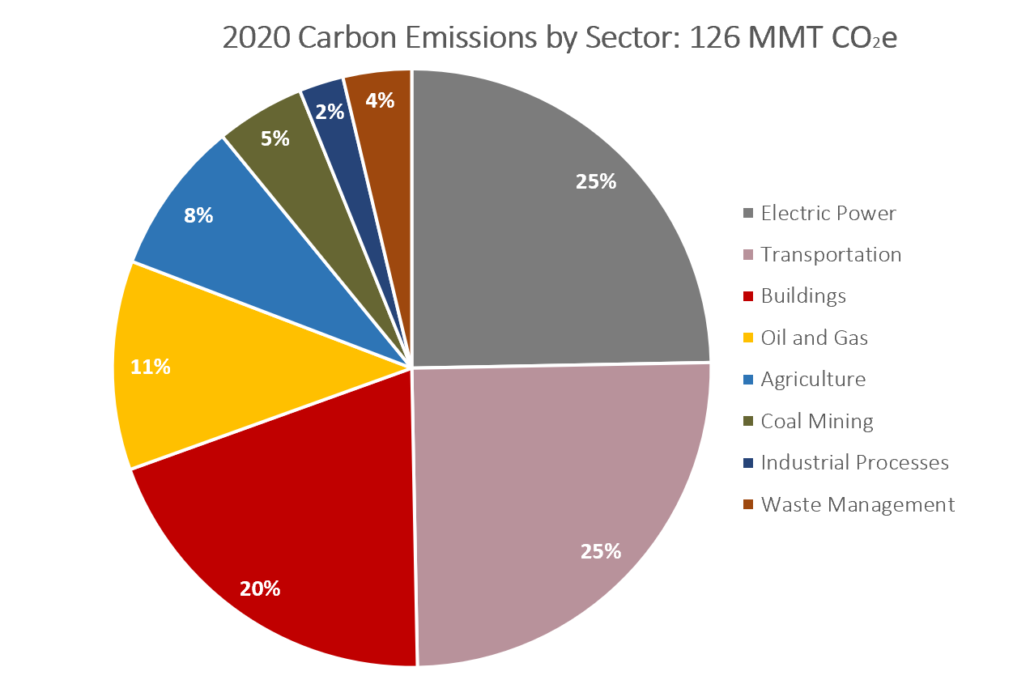



Colorado S Largest Sources Of Carbon Emissions Conservation Co




Life Cycle Greenhouse Gas Emissions Of Energy Sources Wikipedia
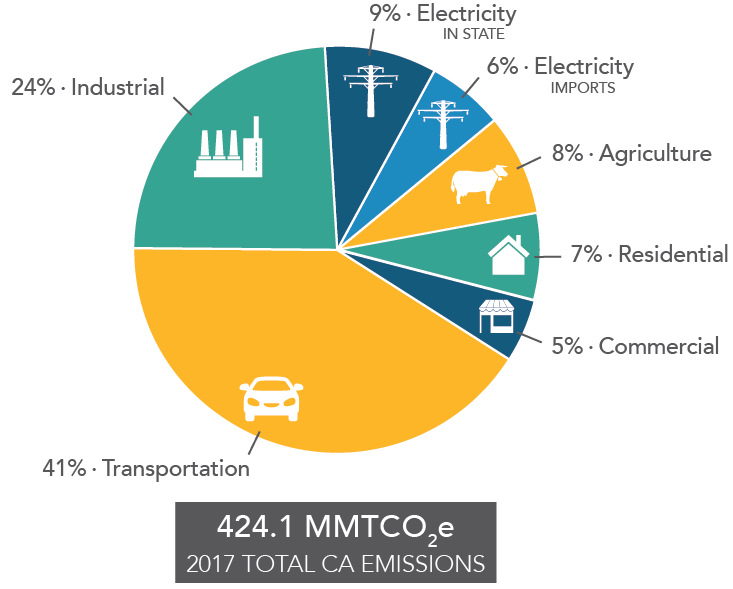



Good And Bad News In California S Greenhouse Gas Emission Inventory Planetizen News




How Are Emissions Of Greenhouse Gases By The Eu Evolving




Greenhouse Gas An Overview Sciencedirect Topics



Emissions By Sector Our World In Data




U S Energy Related Co Sub 2 Sub Emissions Declined By 11 In Today In Energy U S Energy Information Administration Eia
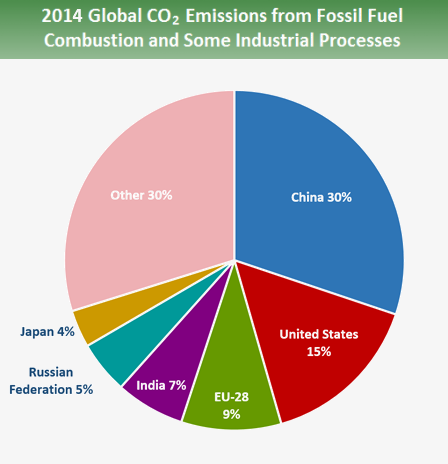



Global Greenhouse Gas Emissions Data Us Epa
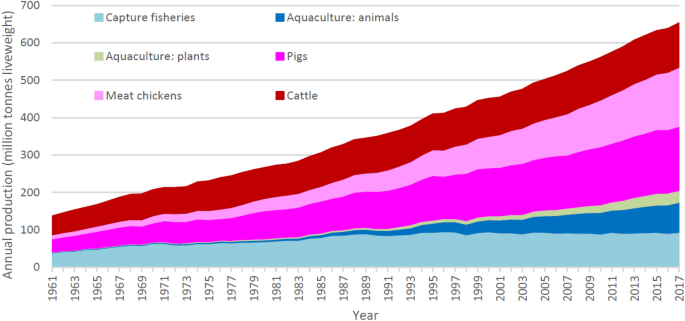



Quantifying Greenhouse Gas Emissions From Global Aquaculture Scientific Reports
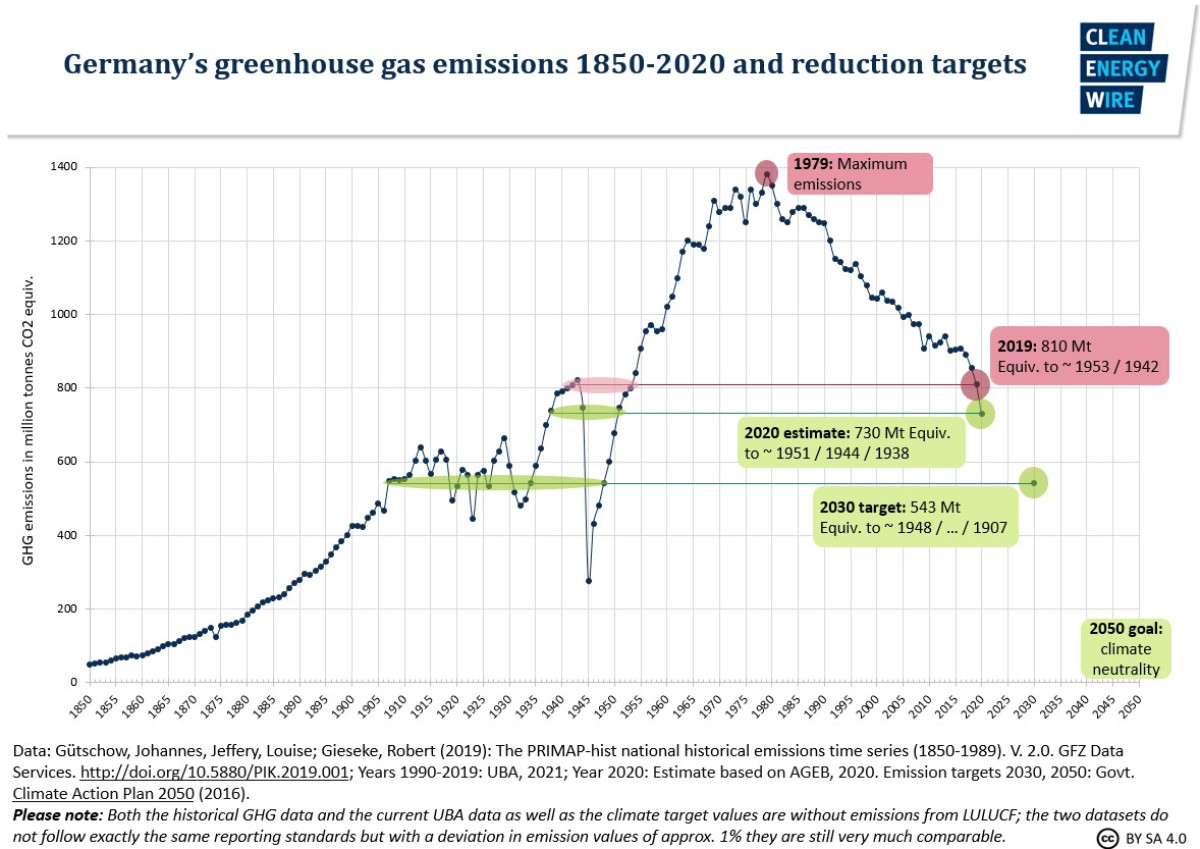



Germany S Greenhouse Gas Emissions And Energy Transition Targets Clean Energy Wire



Pbl Nl




Sources Of Greenhouse Gas Emissions Greenhouse Gas Ghg Emissions Us Epa




Co2 Emissions By Fuel Our World In Data




Emissions Are Surging Back As Countries And States Reopen The New York Times
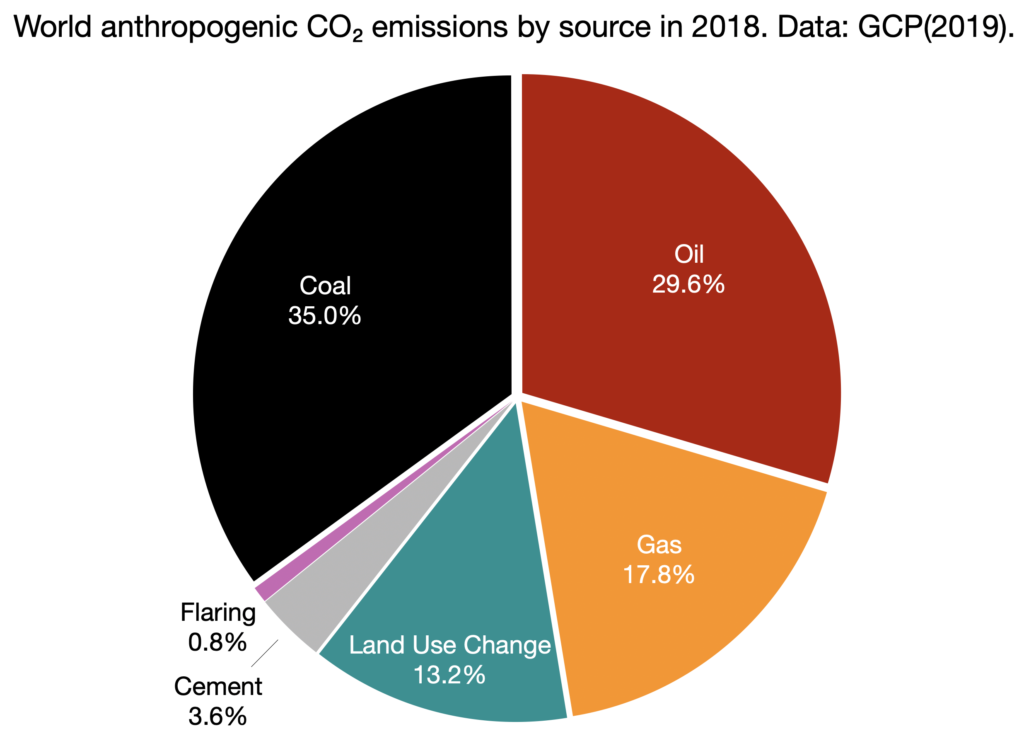



Greenhouse Gas Emissions World Energy Data



1



Co And Greenhouse Gas Emissions Our World In Data




Germany S Greenhouse Gas Emissions And Energy Transition Targets Clean Energy Wire




After Decline Eia Expects Energy Related Co2 Emissions To Increase In 21 And 22 Today In Energy U S Energy Information Administration Eia
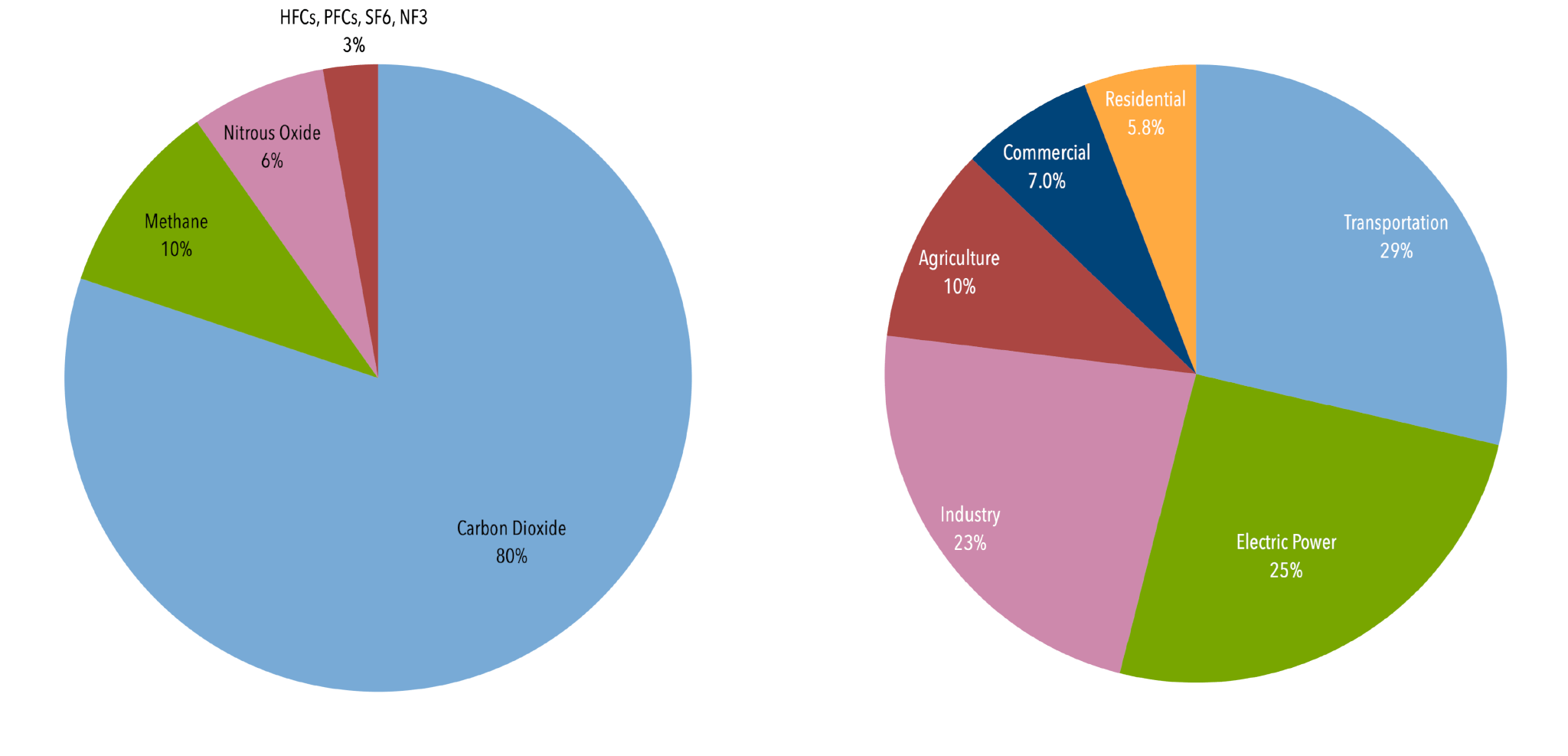



U S Emissions Center For Climate And Energy Solutions
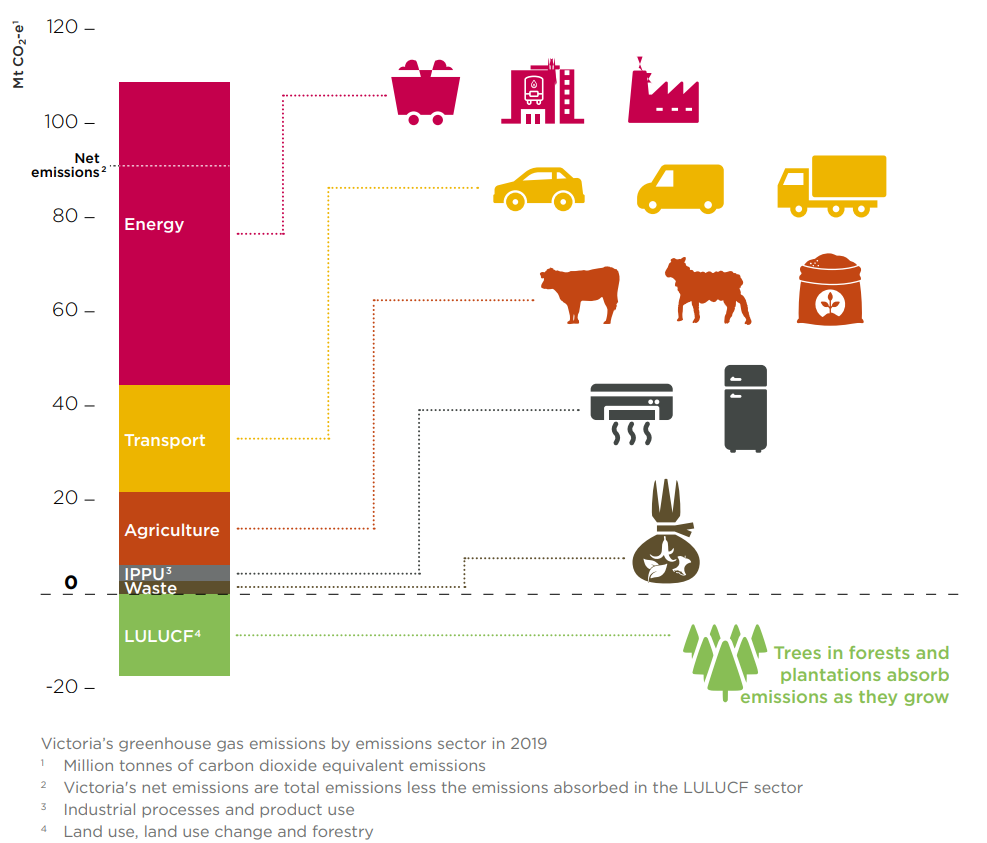



Victoria S Greenhouse Gas Emissions
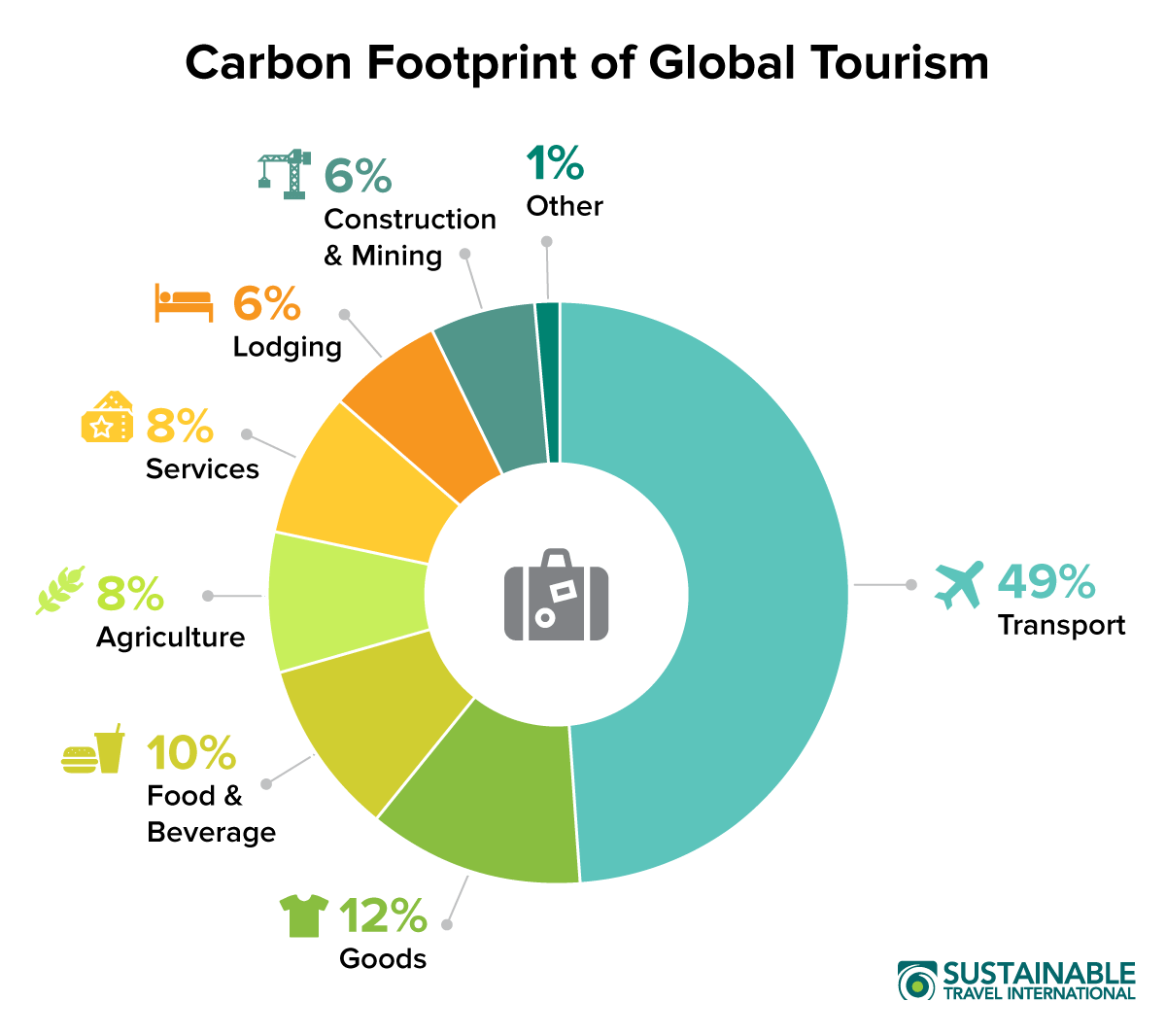



Carbon Footprint Of Tourism Sustainable Travel International
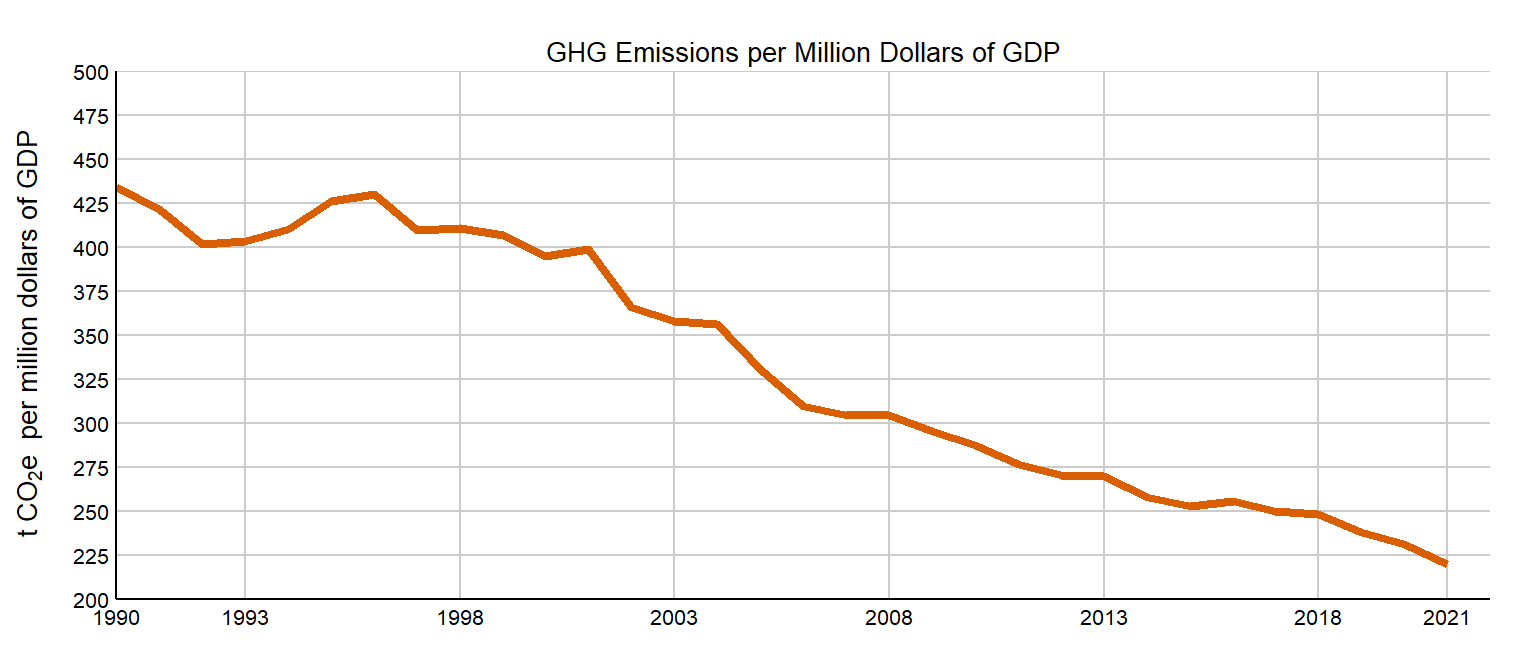



Ghg Emissions Environmental Reporting
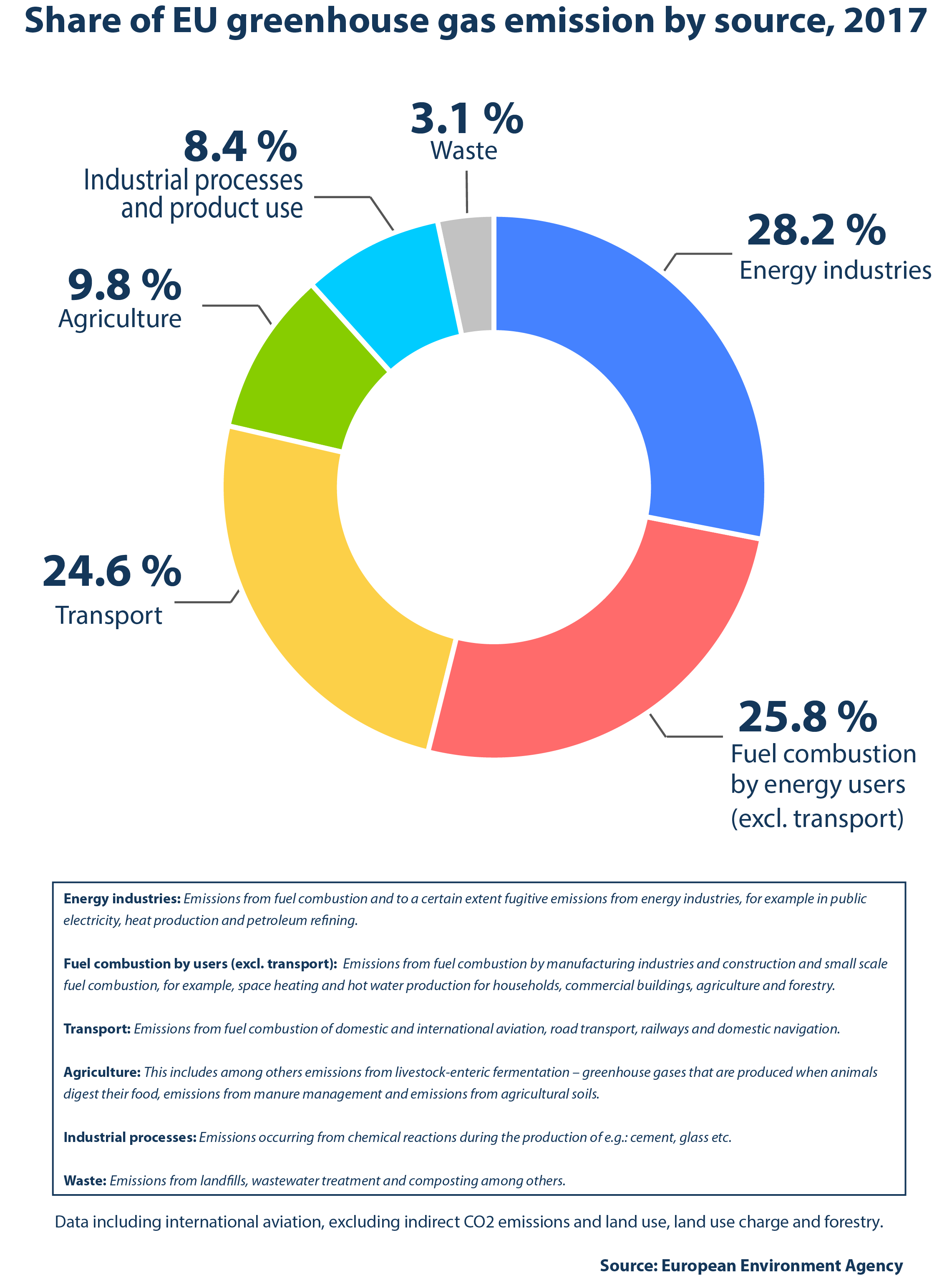



How Are Emissions Of Greenhouse Gases By The Eu Evolving
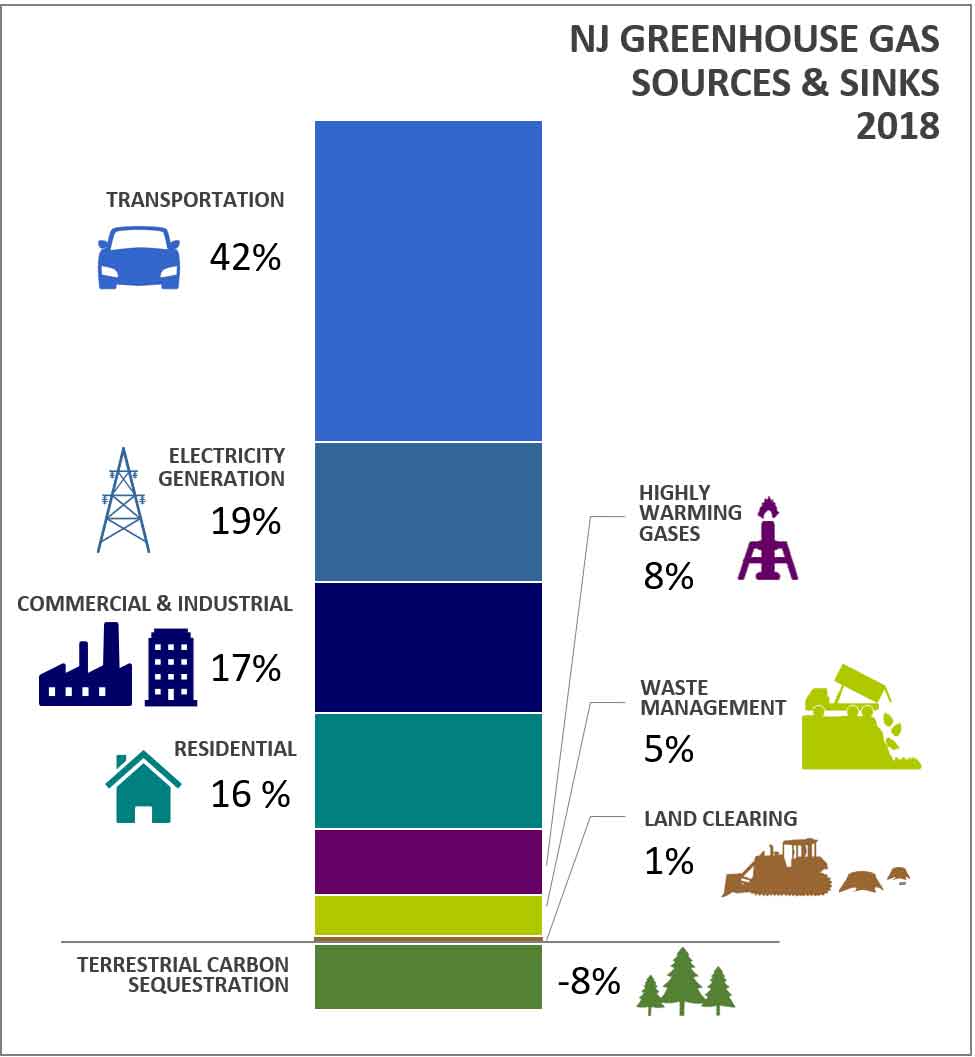



Njdep Air Quality Energy Sustainability
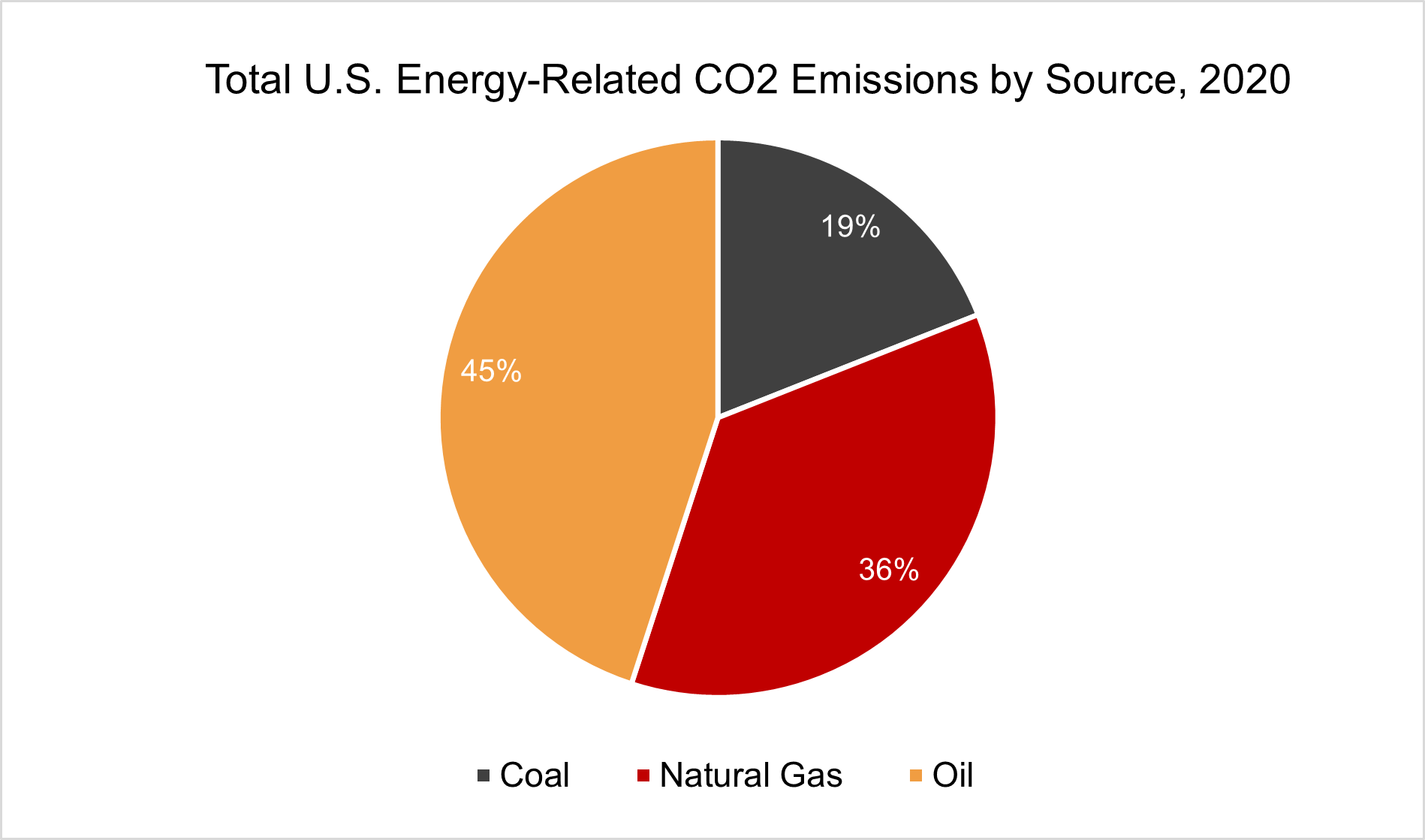



Fossil Fuels Eesi




State Of Oregon Aq Programs Oregon Greenhouse Gas Sector Based Inventory Data
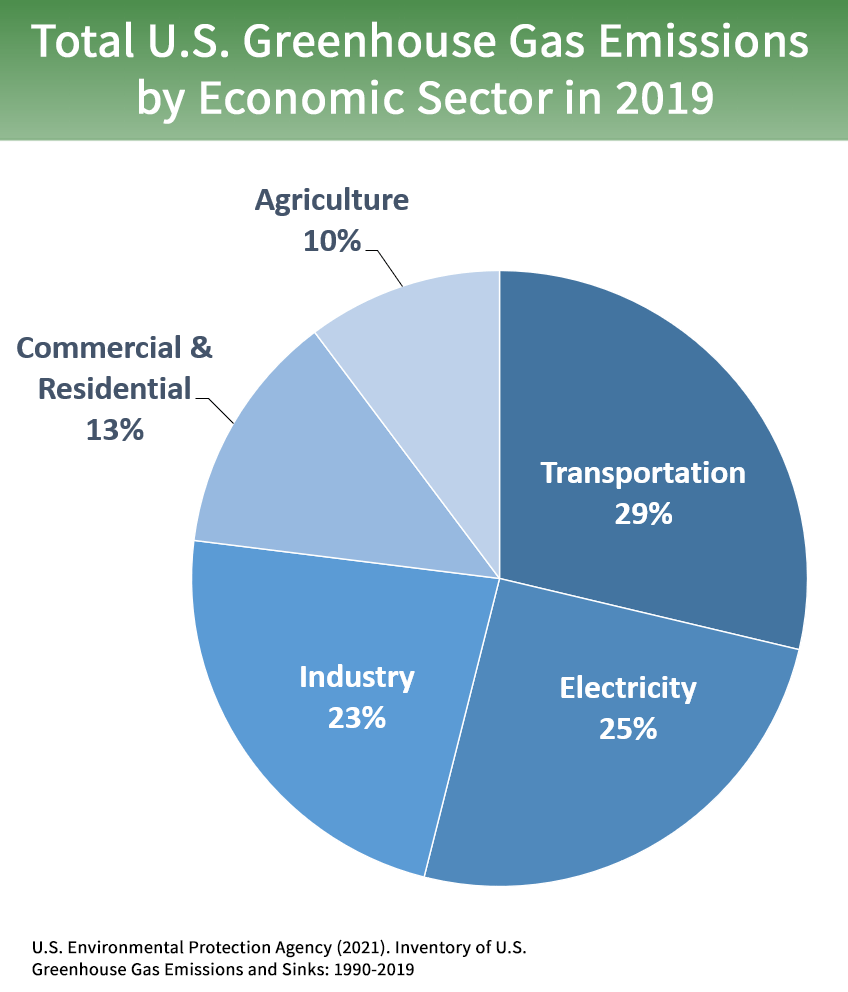



Sources Of Greenhouse Gas Emissions Us Epa




California Plans To Reduce Greenhouse Gas Emissions 40 By 30 Today In Energy U S Energy Information Administration Eia




Inventory Of U S Greenhouse Gas Emissions And Sinks Us Epa



Chart Wealthy Nations Lead Per Capita Emissions Statista
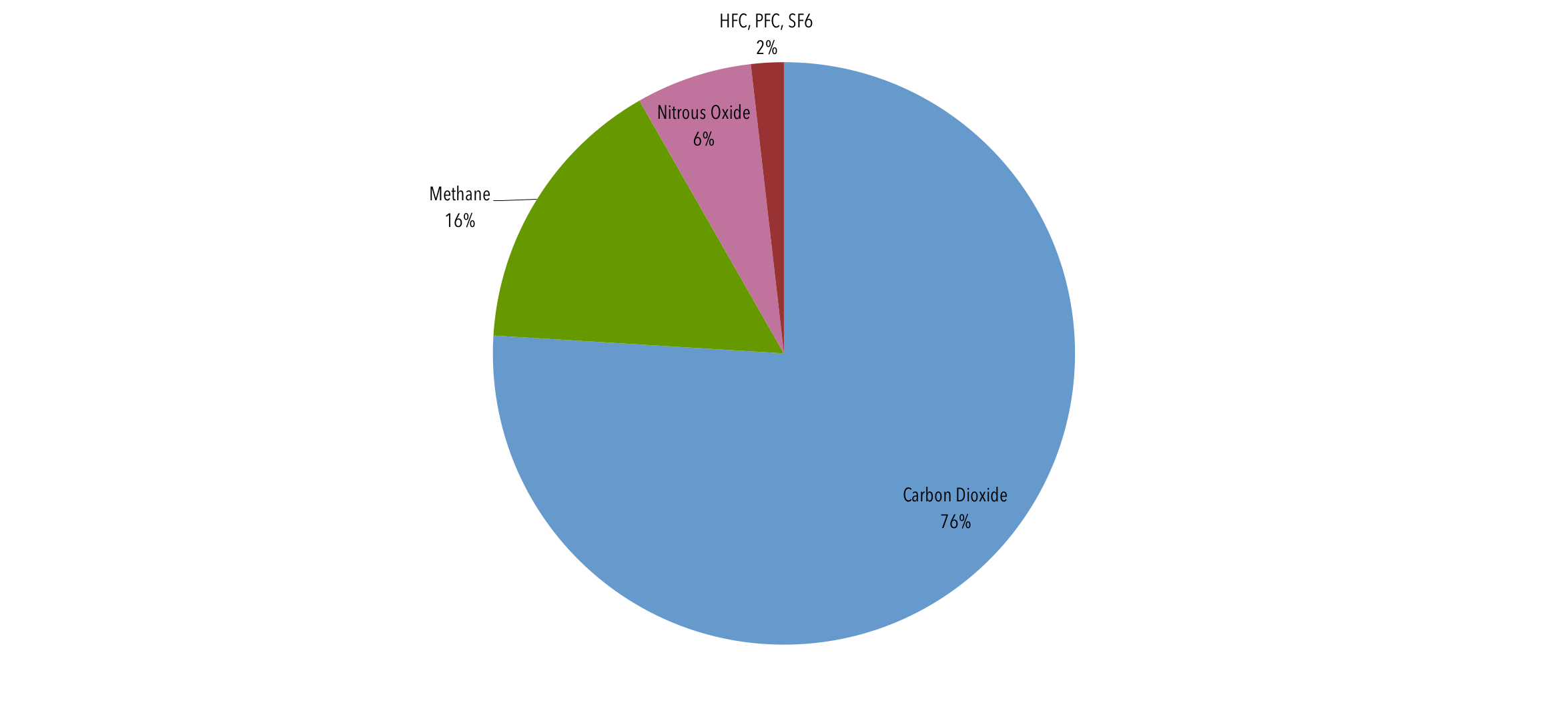



Global Emissions Center For Climate And Energy Solutions
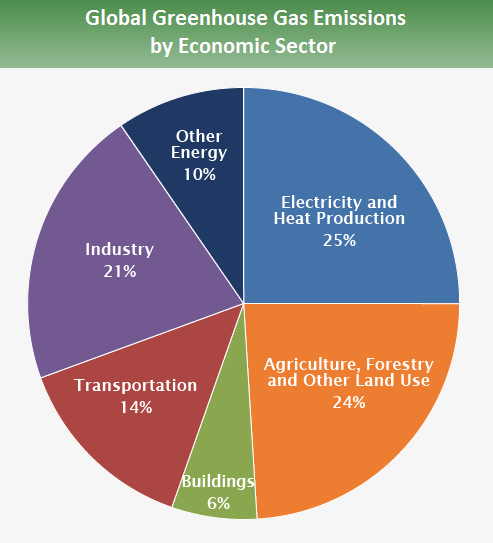



Global Greenhouse Gas Emissions Data Us Epa
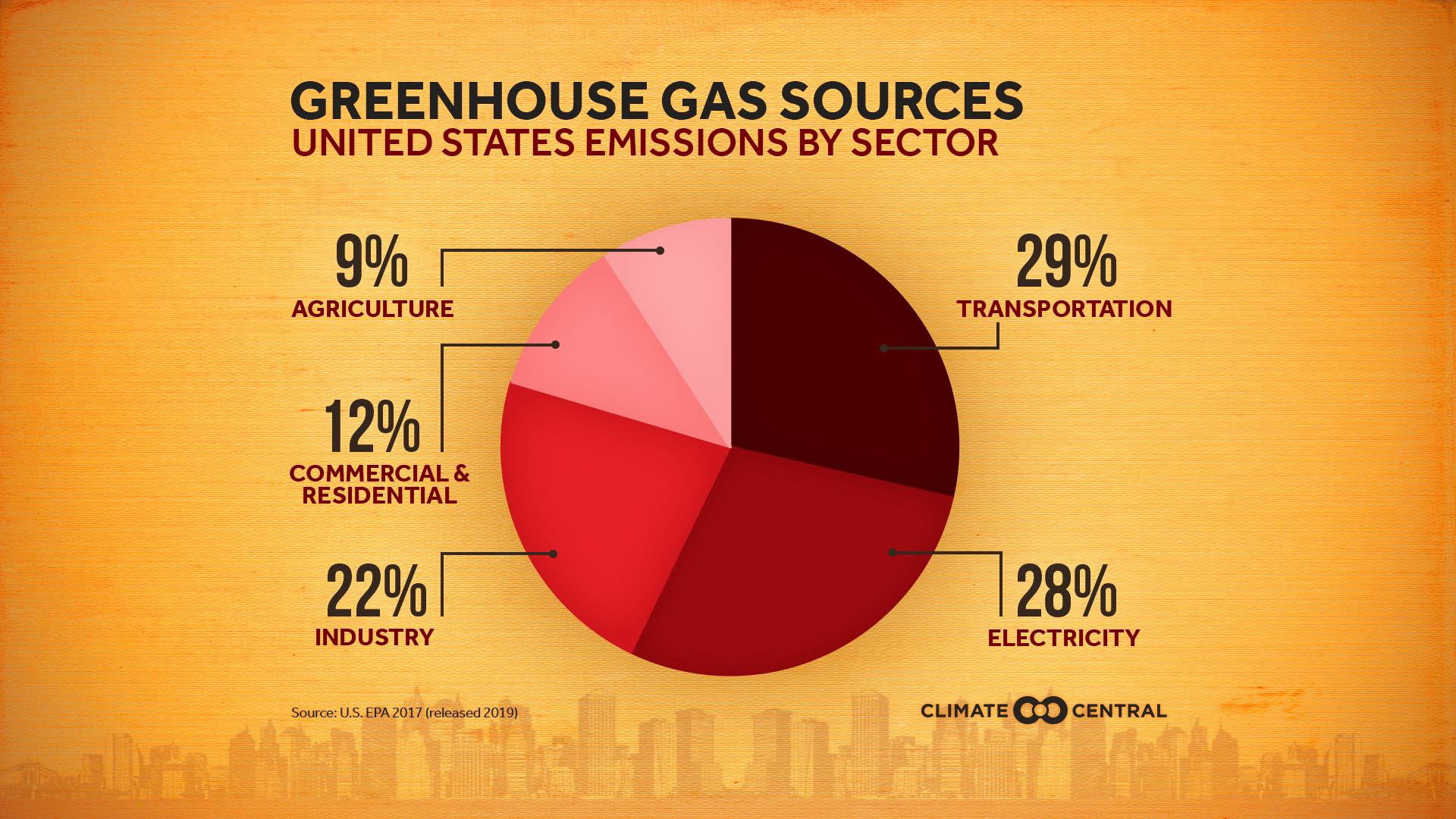



Emissions Sources Climate Central




Global Emissions Center For Climate And Energy Solutions




Co And Greenhouse Gas Emissions Our World In Data



Greenhouse Gas Emissions By The United States Wikipedia
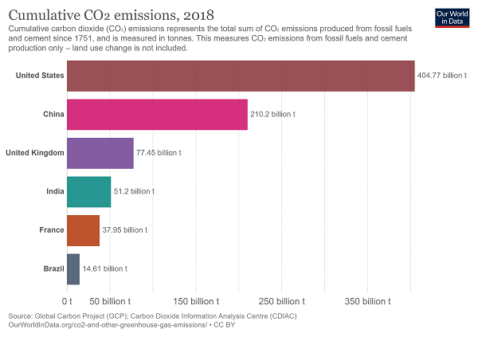



Where Are Us Emissions After Four Years Of President Trump
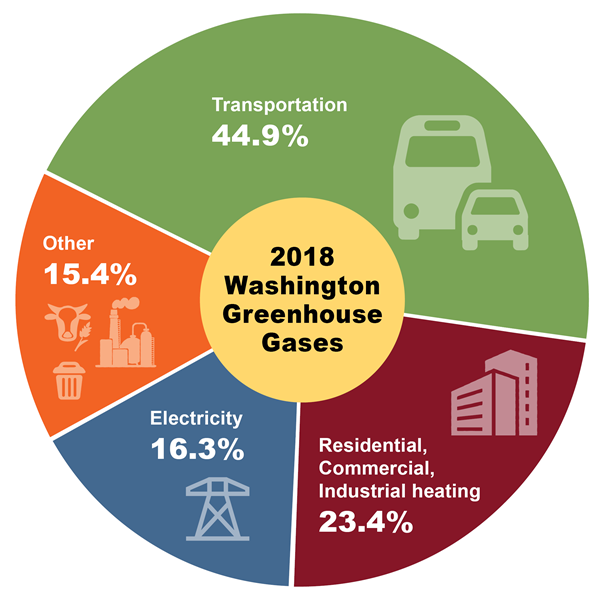



18 Data Washington State Department Of Ecology



Greenhouse Gas Emissions Wikipedia



Earthcharts Greenhouse Gas Emissions By Sector




Noaa Index Tracks How Greenhouse Gas Pollution Amplified Global Warming In Welcome To Noaa Research
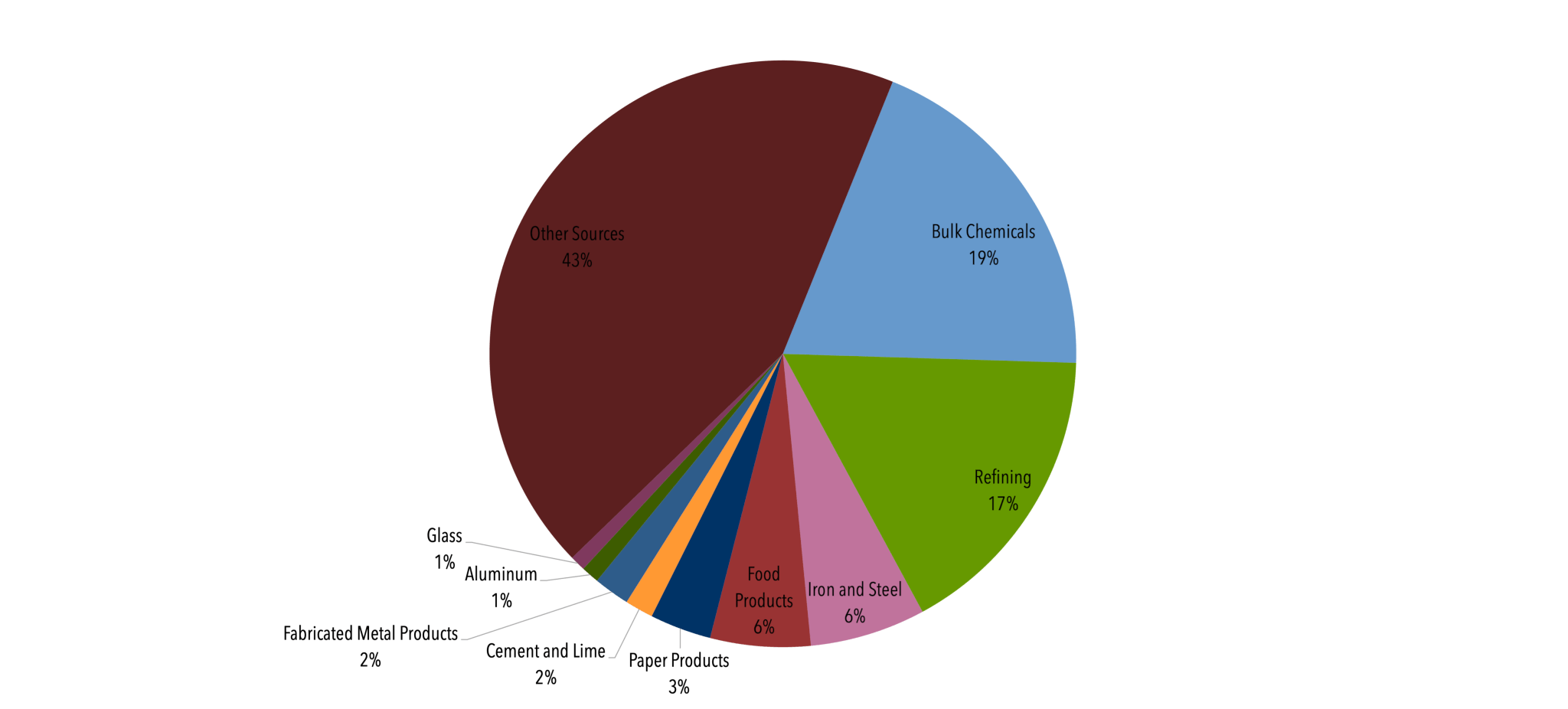



Controlling Industrial Greenhouse Gas Emissions Center For Climate And Energy Solutions
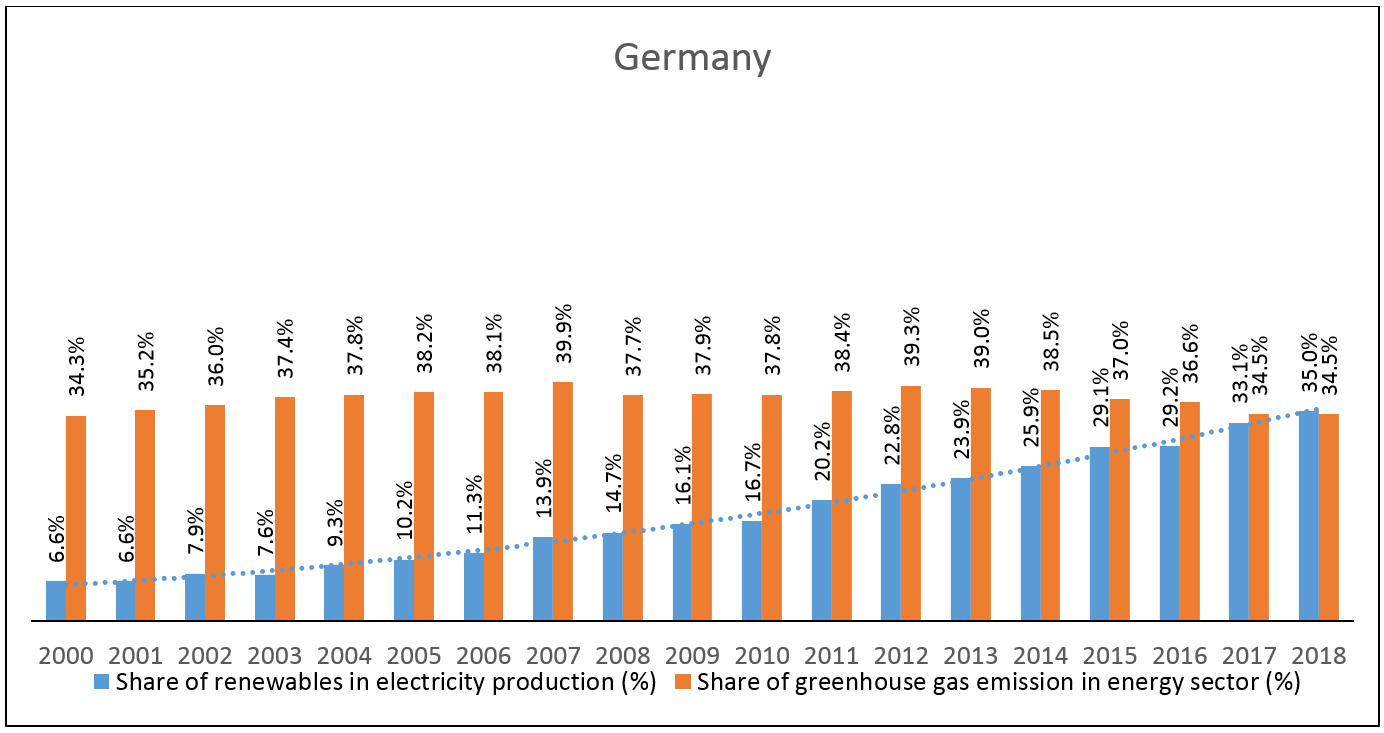



Germany Renewables Rise As Share Of Greenhouse Gas Emissions Plateau




Sources Of Greenhouse Gas Emissions Us Epa




Greenhouse Gas Emissions Plunged 17 Percent During Pandemic The Washington Post
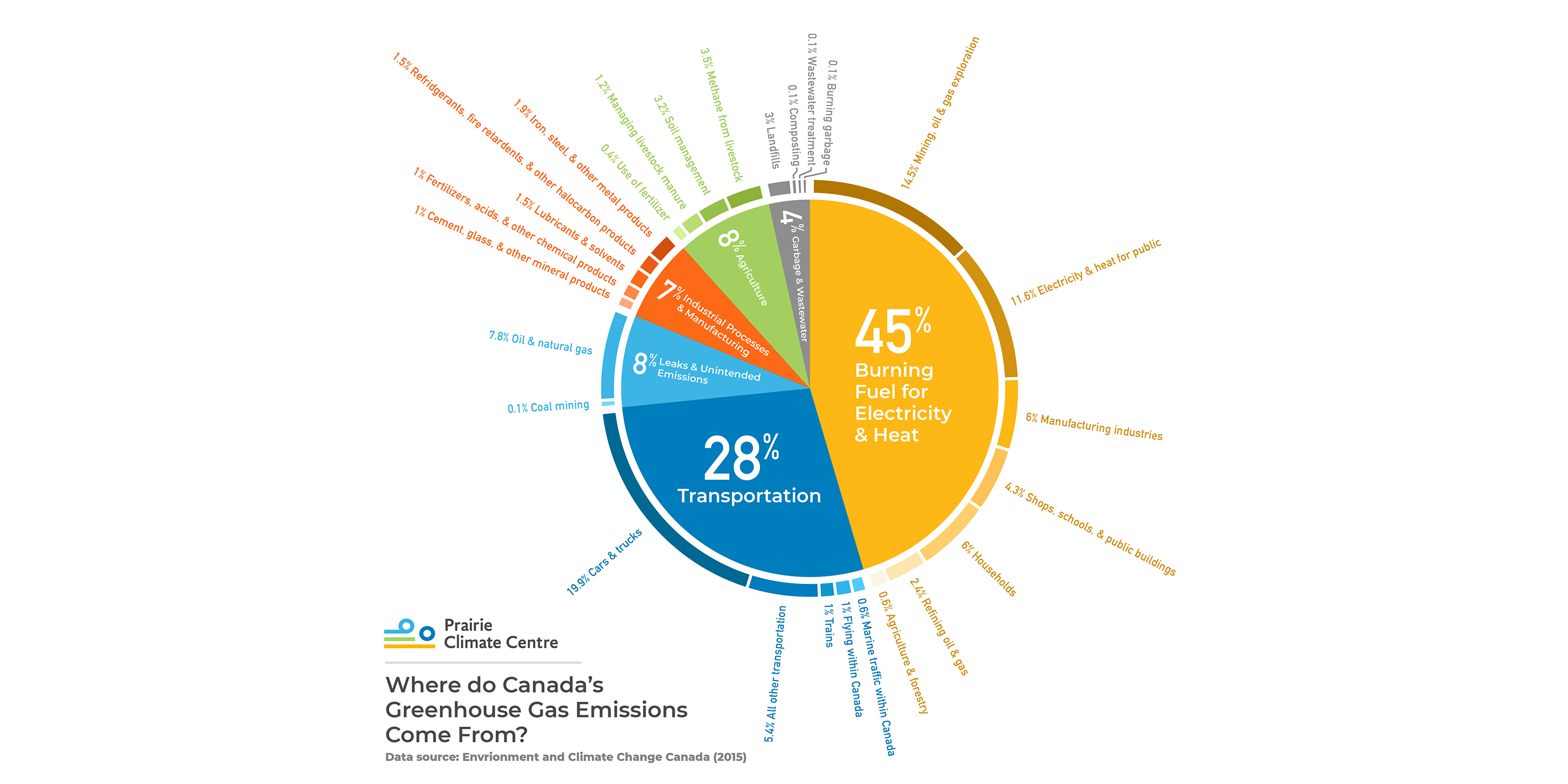



Where Do Canada S Greenhouse Gas Emissions Come From



Pbl Nl
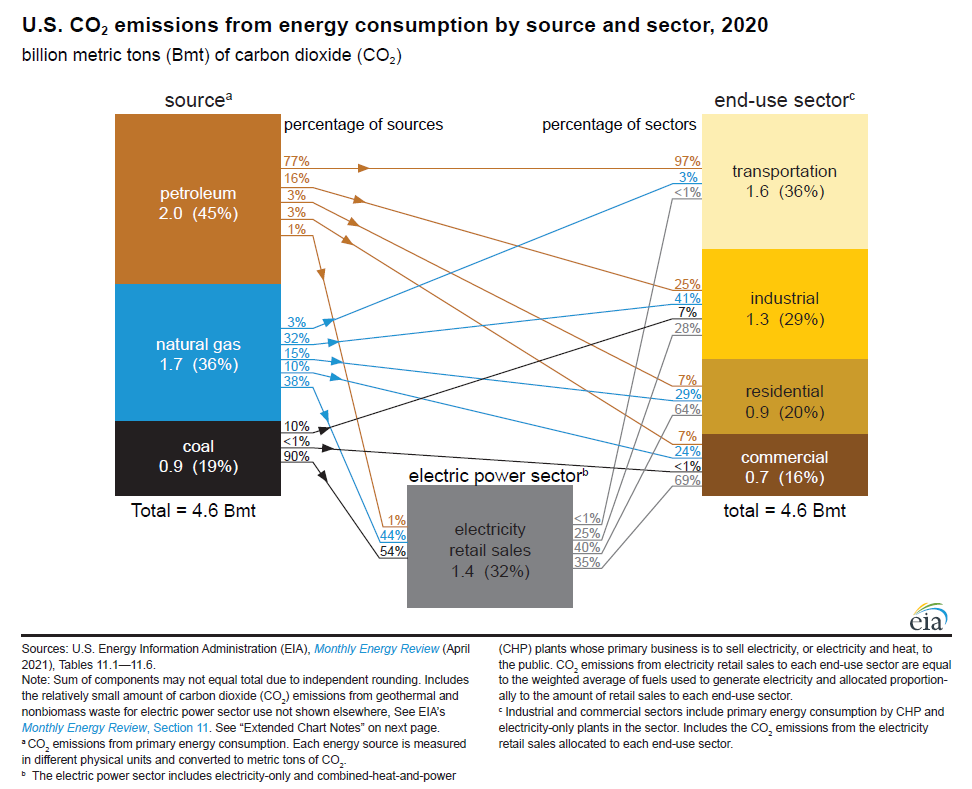



Where Greenhouse Gases Come From U S Energy Information Administration Eia
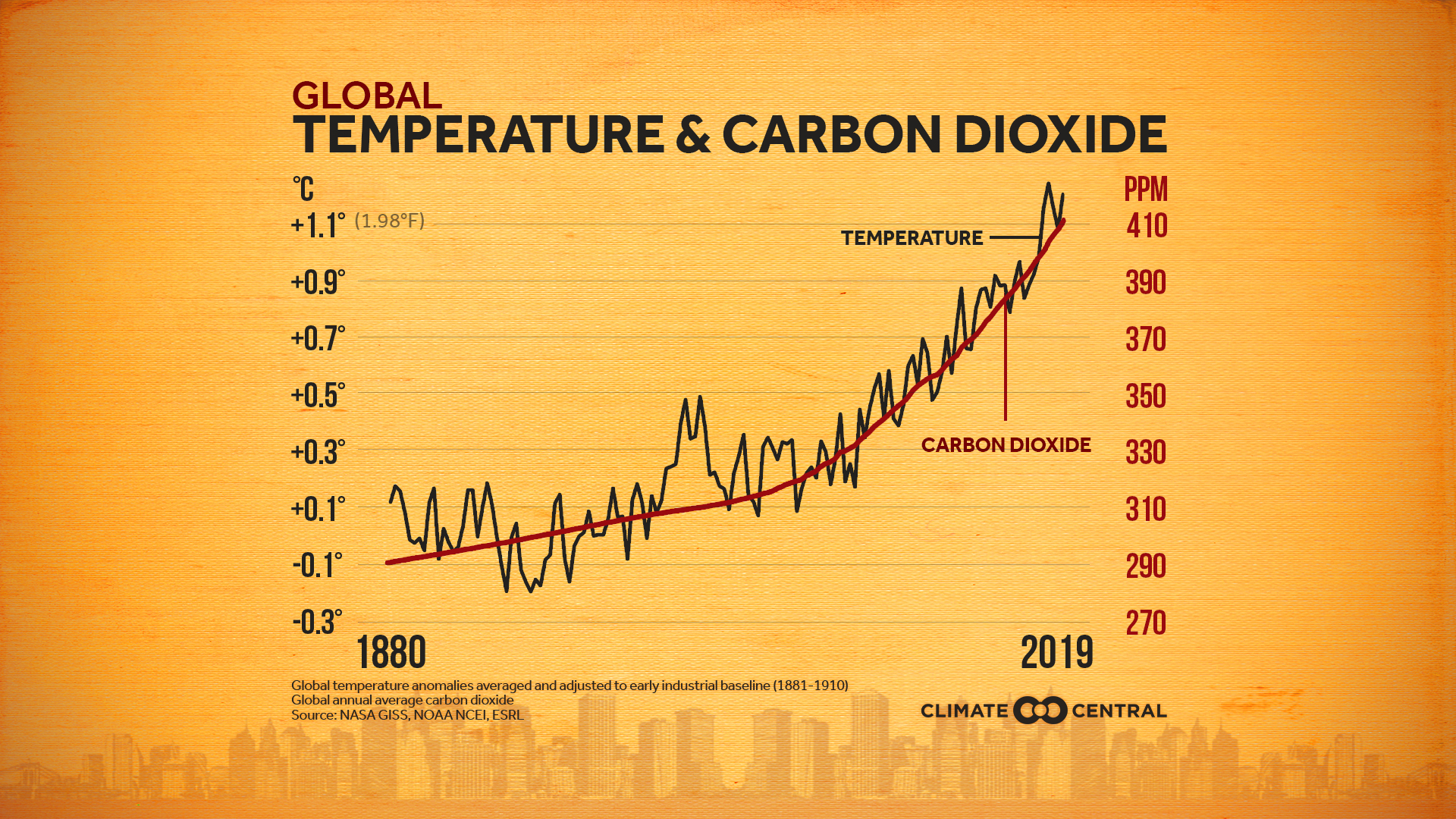



Emissions Sources Climate Central
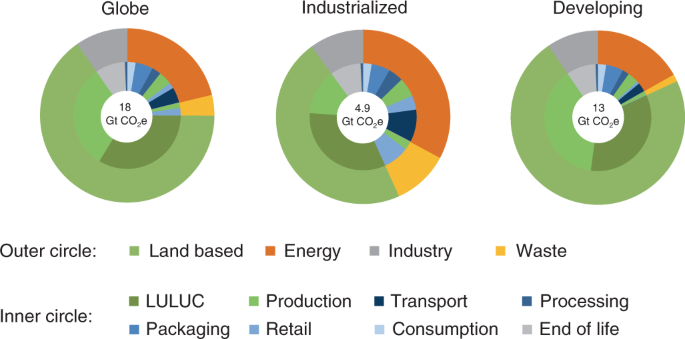



Food Systems Are Responsible For A Third Of Global Anthropogenic Ghg Emissions Nature Food
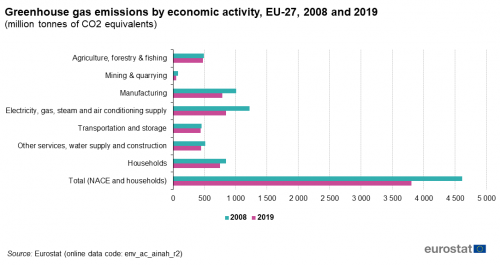



Greenhouse Gas Emission Statistics Air Emissions Accounts Statistics Explained




Canada S Greenhouse Gas Emissions Increased By 9 Since 1990 Climate Scorecard




Drivers Of Greenhouse Gas Emissions In Africa Focus On Agriculture Forestry And Other Land Use Our Africa Our Thoughts




Interactive What Is The Climate Impact Of Eating Meat And Dairy Carbon Brief
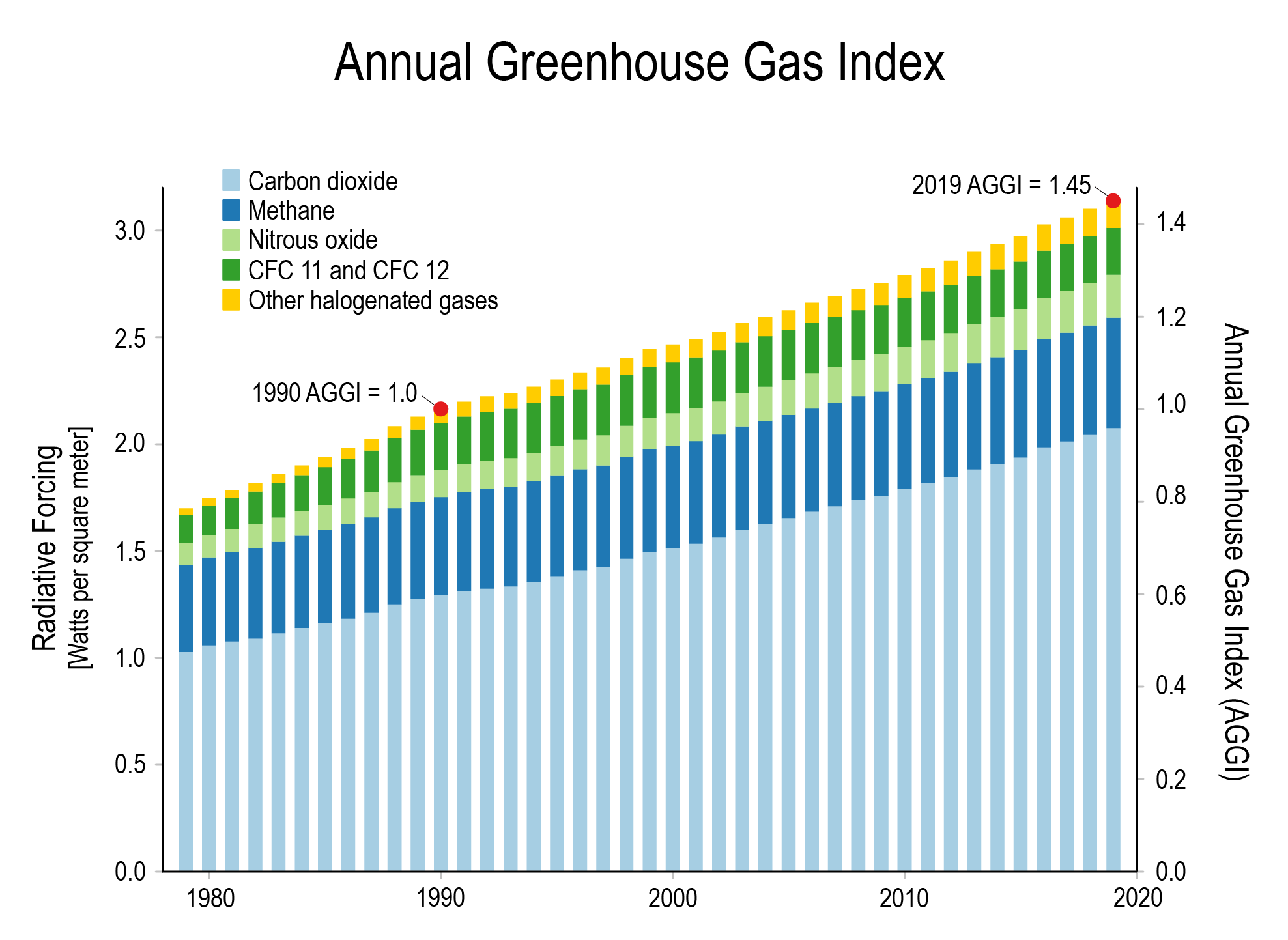



Climate Change International Ccs Knowledge Centre




How Are Emissions Of Greenhouse Gases By The Eu Evolving
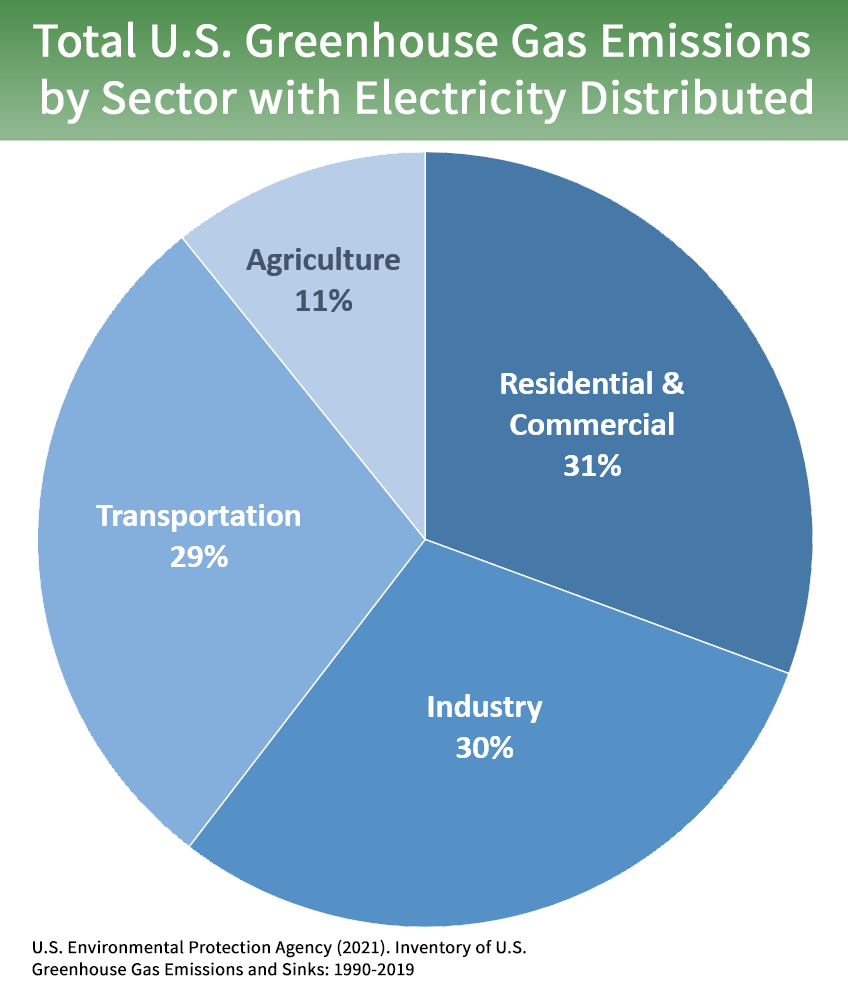



Sources Of Greenhouse Gas Emissions Us Epa
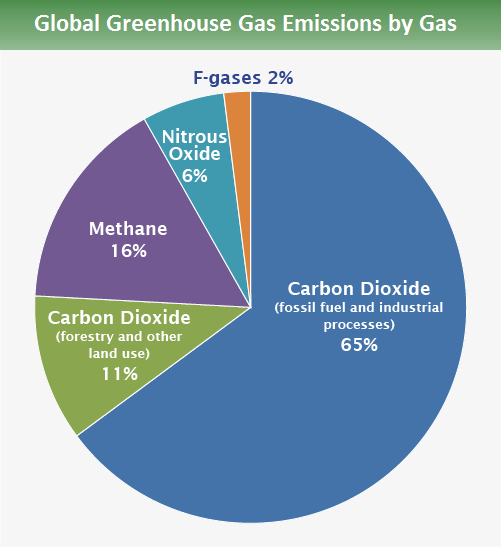



Global Greenhouse Gas Emissions Data Us Epa




Embodied Ghg Emissions Of Buildings The Hidden Challenge For Effective Climate Change Mitigation Sciencedirect
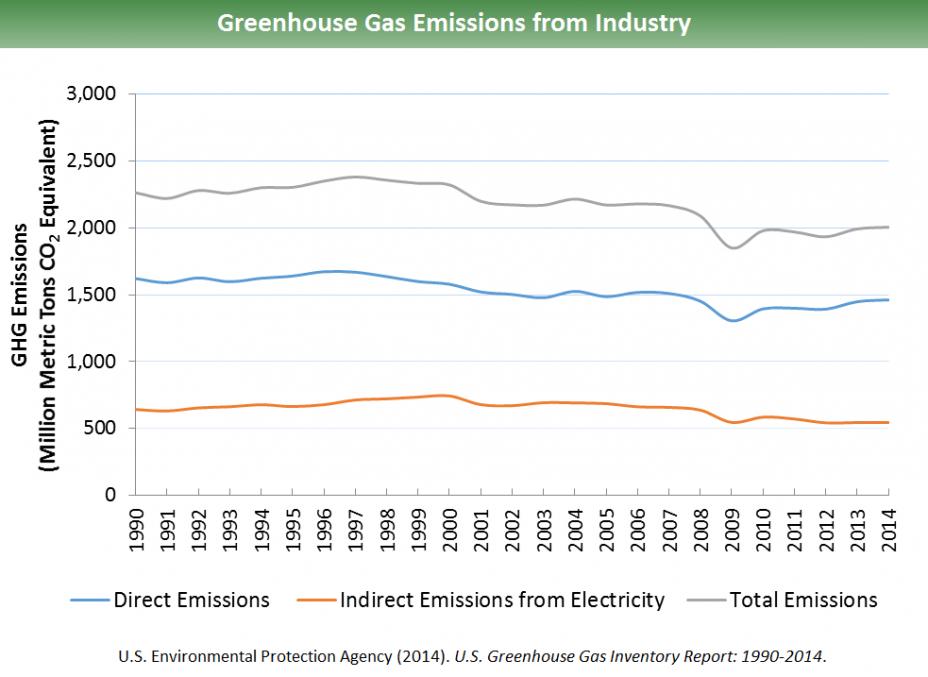



Sources Of Greenhouse Gas Emissions Greenhouse Gas Ghg Emissions Us Epa




Nc Deq Greenhouse Gas Inventory




Carbon Footprint Factsheet Center For Sustainable Systems
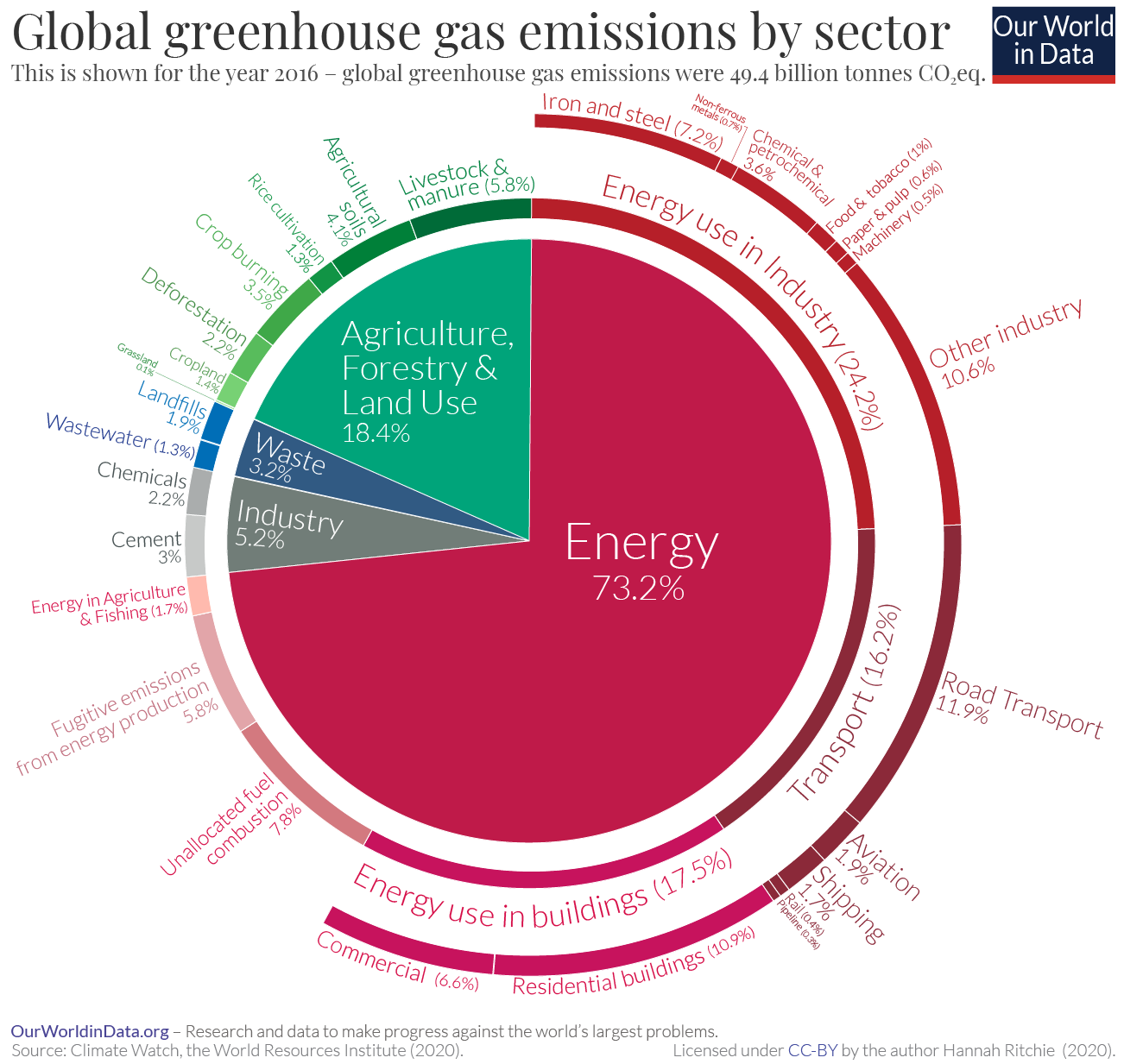



Sector By Sector Where Do Global Greenhouse Gas Emissions Come From Our World In Data
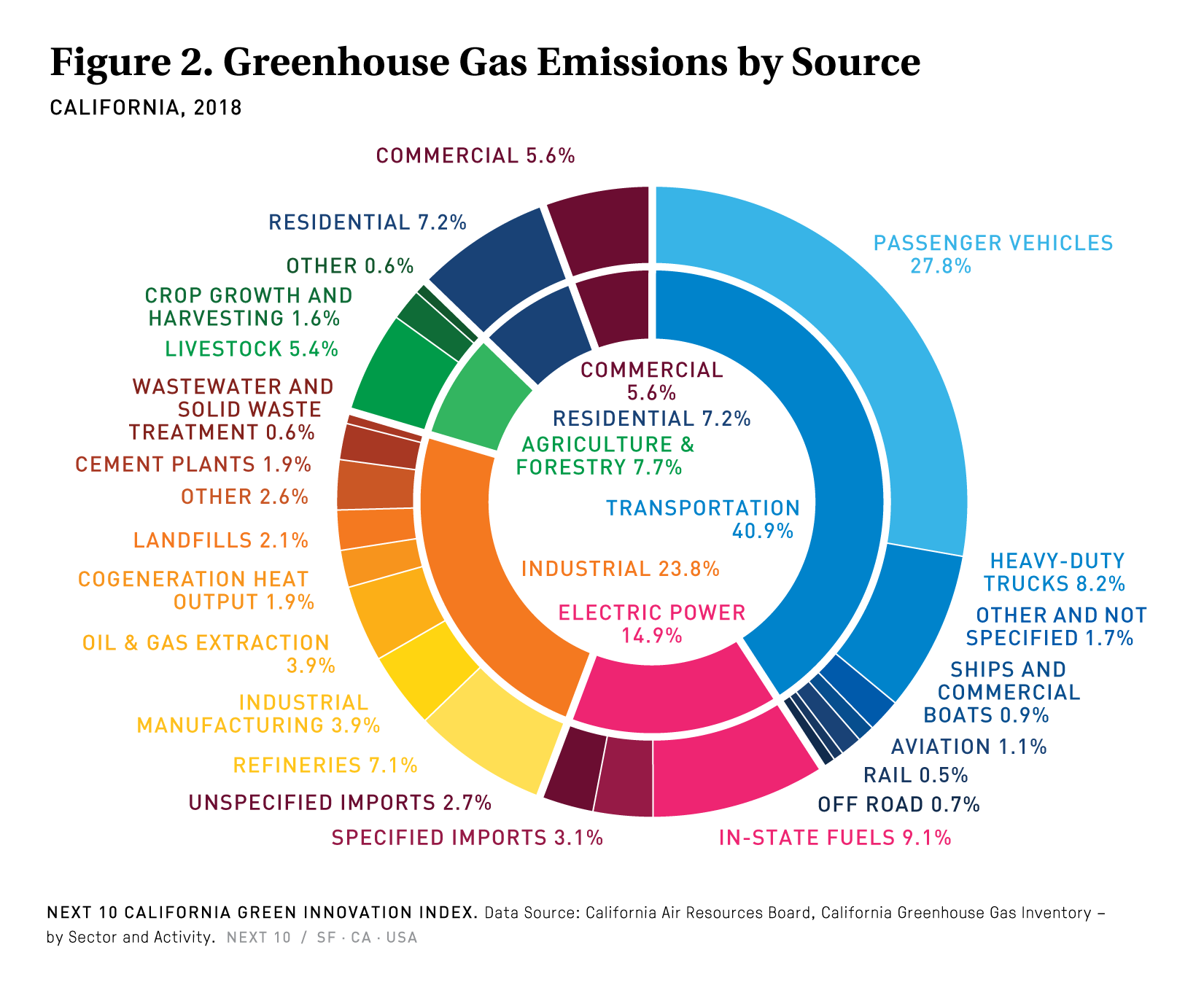



California Green Innovation Index Next 10



1
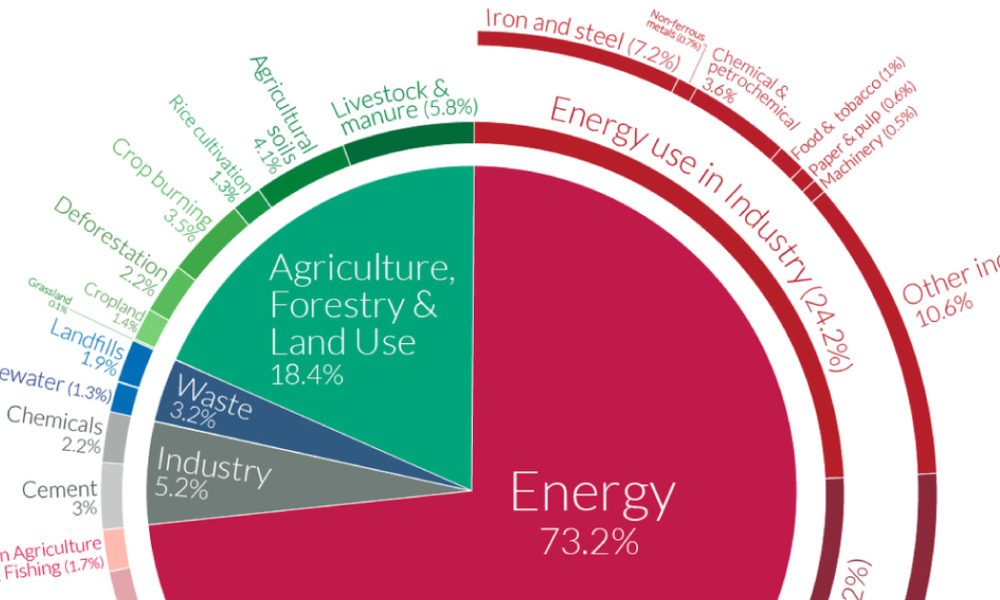



A Global Breakdown Of Greenhouse Gas Emissions By Sector




Greenhouse Gas Emissions Are Set To Rise Fast In 21 The Economist
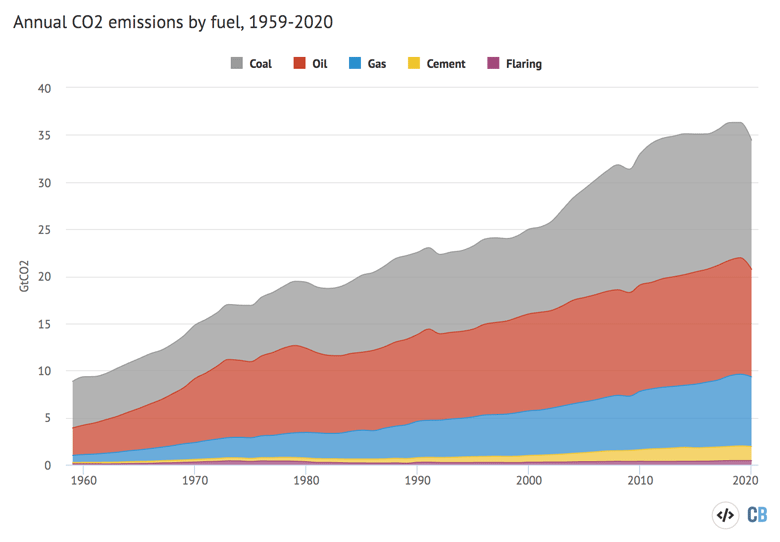



Global Carbon Project Coronavirus Causes Record Fall In Fossil Fuel Emissions In Carbon Brief




Greenhouse Gas Emissions Our World In Data




Carbon Footprint Factsheet Center For Sustainable Systems




Is India On Track To Meet Its Paris Commitments




Rcp8 5 Tracks Cumulative Co2 Emissions Pnas



Crs Infocus Report Greenhouse Gas Emissions And Sinks In U S Agriculture 9 January Waterwired
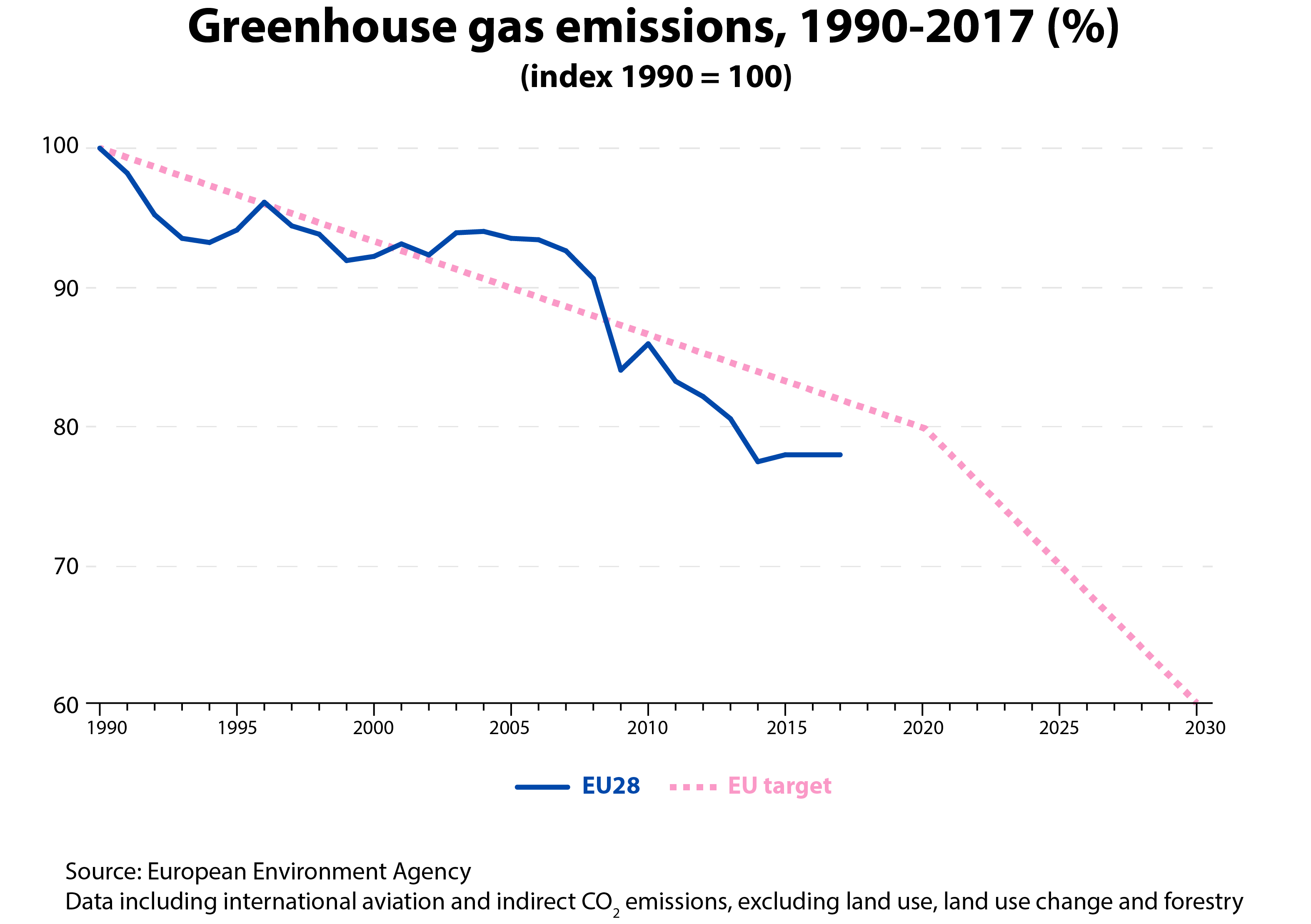



How Are Emissions Of Greenhouse Gases By The Eu Evolving



0 件のコメント:
コメントを投稿